
‘When I think about being female I think about being loved. What I mean by that: I have a little exercise I do when I present my work or speak publicly or even write (like this). In order to build up my courage I try to imagine myself deeply loved. Because there are men whose lives I’ve avidly followed—out of admiration for their work or their “way.” Paolo Pasolini always comes to mind. I love his work, his films, his poetry, his writings on film and literature, his life, all of it, even his death. How did he do it—make such amazing work and stand up so boldly as a queer and a Marxist in a Catholic country in the face of so much (as his violent death proved) hate. I have one clear answer. He was loved. Pasolini’s mother was wild about him. We joke about this syndrome—Oh she was an Italian mother, but she could just have well been a Jewish mother, an Irish mother, an African-American one. A mother loves her son. And so does a country. And that is much to count on. So I try to conjure that for myself particularly when I’m writing or saying something that seems both vulnerable and important so I don’t have to be defending myself so hard. I try and act like its mine. The culture. That I’m its beloved son. It’s not an impossible conceit. But it’s hard. Because a woman, reflexively, often feels unloved. When I saw the recent Vida pie charts that showed how low the numbers are of female writers getting reviewed in the mainstream press I just wasn’t surprised at all though I did cringe. When you see your oldest fears reflected back at you in the hard bright light of day it doesn’t feel good. Because a woman is someone who grew up observing that a whole lot more was being imagined by everyone for her brother and the boys around her in school. If she’s a talented artist she’s told that she could probably teach art to children when she grows up and then she hears the boy who’s good in art get told by the same teacher that one day he could grow up to be a commercial artist. The adult doing the talking in these kinds of exchanges is most often female. And the woman who is still a child begins to wonder if her childhood is already gone because she has been already replaced in the future by a woman who will be teaching children like herself. And will she tell them that they too will not so much fail but vanish before their lives can even begin. These pie charts don’t surprise me. They just demonstrate that a lot of us can easily become just a few of us or even just one of us. I am mildly curious about whether the situation in book reviewing (or even publishing) was actually better for a while during and right after the 70s, the heyday of feminism, but you know I’m not that curious. That thrilling rise then dogged fall would only underline the sad fact that the increased interest in women’s writings for a decade or so was a kind of fleeting impulse, like the interest-in-incest moment, just “a thing,” not a deep cultural shift like the comprehension that slavery or human sacrifice are wrong and we just won’t ever go there again. But to have such a deep sea change in a culture and keep it you have put the reins of its institutions permanently in other hands and let them stay there. “They” would have to have become “you.” And you (whether you were male or female) would have long concluded that women’s writing is either just writing or no different than men’s or equally interesting, or even better. And that perspective would by now be so embedded in our cultural sense of self that the Times or Harpers or The New York Review of Books would no more likely to be short changing women’s books today anymore than they would pull quietly away from reviewing books written in English in order to uphold a belief that the only good work being written today is by African, South American or Icelandic authors. And think nobody would notice. Reasonable people of course would smile and insist that the NYRB be renamed The New York Review of African Books or South American Books or Icelandic. It would have to happen, the NYRB would have to own their bias eventually, what they were doing, the editor would have to issue a statement or else the publication would become a total joke. But to publish a review today that purportedly reviews “all” books yet in fact is dedicated to the project of mainly reviewing men’s without acknowledging that kind of bias sort of begs the question—the operating presumption must be that “we” “all know” that men’s writing is in fact better or more important than women’s—is the real deal and the only thing disputing this is feminism and since that’s “over” (phew) we are back to business as usual. When I say business I mean that there’s just a whole lot of money talking. That’s what’s going on. The more culturally generous moment we’re all missing (whether it ever truly happened or not) was tied to a booming economy. Men weren’t actually sharing space in the 70s and 80s—the doors just got a little wider for a while. And now that there’s less money to go around in book publishing and the surrounding media it seems like what’s getting shoved out is women. That’s what I believe is happening, don’t you. I think we can do this, right? The editor might ask his staff holding up the cover of the next great all-male issue that dare not speak its name—and his staff probably includes a few females and queers—who want to be in on “the conversation.” Who could blame them for that? Well I can. Can’t you? I mean what are we doing here after all.
‘Is writing just a job. Writing books, writing poems. If it is then the message to women is to go elsewhere. But they can go to hell—these messengers, the collective whoever or whatever that is saying it. I don’t believe that this is a job. I think writing is a passion. It’s an urge as deep as life itself. It’s sex. It’s being and becoming. If you write, then writing is how you know. And when someone starts slowly removing women from of the public reflection of this fact they are saying that she doesn’t know. Or I don’t care if she thinks she knows. She is not a safe bet. Interestingly the poetry world is getting celebrated for its VIDA showing of nearly equal gender parity in reviewing etc. The problem there though is that the majority of the poets writing are female. It’s true. That’s who takes workshops, that’s who gets MFAs, you can easily get some numbers there and frankly in the poetry scene the women are the ones who are generally doing the most exciting work. Why? Because the female reality is still largely unknown. And language is the thrill that holds the unknown in its vague and shifting ways. That’s writing. But despite the fact that there are more females in the poetry world, more females writing their accounts somehow only a fraction of them are able to bob to top of the heap. So the poetry world is in effect performing a kind of affirmative action for men by giving their work a big push ahead, celebrating men’s books at a much higher ratio to the amount and quality of work actually being produced. And I’m not entertaining for a moment that this is because male work is better. I’m female and I don’t so much think female work is better. Female reality is not better. But female reality has consumed male reality abundantly—we have to in order just to survive so female reality always contains male and female. That seems interesting as hell so at the very least I think it’s a lot more interesting than a monotonous male reality. Which seems just sort of staid and old. Tapped out. Female reality (and this goes for all the “other” realities as well—queer, black, trans—everyone else) is more interesting because it is wider, more representative of humanity—it’s definitely more stylistically various because of all it has to carry and show. After all, style is practical. You do different things because you are different. Women are different. Maybe not the women who routinely get invited to take part in the men’s monolith. They are another item. But women as a class are different. That’s how I dispense with the quality question.
‘But here’s the actual problem. If the poetry world celebrated its female stars at the true level of their productivity and influence poetry would wind up being a largely female world and the men would leave. Poetry would not seem to be the job for them. I think that’s the fear. Losing daddy again! Plus women always need to support, I mean actively support male work in order to dispense with the revolting suggestion that they are feminists. I supported Hillary Clinton with my vote but did you notice she wasn’t really a feminist until she was losing. Well what does feminism mean? Well I think it means that you don’t do much in your work except complain about injustice and describe the personal sphere and talk in a wide variety of ways about labias. You think I’m kidding. Cause I actually do that in my most recent novel—I thought well women in the art world are always celebrating their labias so maybe I should do that in writing. What a great, funny, even masculine idea. To use the pussy as material. So I wrote five pages of pussy wallpaper and gave it to the editors at VICE who did publish it but confided in me that the money people really had to be convinced that it was not entirely disgusting. With all the dirty and violent and racist things that VICE has done, this was um a little troubling. Do we really want to send that kind of message to our readers. What kind of message is that. I guess a wet hairy soft female one. I mean a big giant female hole you might fall into never to be heard from again. I mean and there’s just always a danger if you’re a feminist that you’re also a lesbian (I am) and the only way to really make it clear that you are not that (or that “it” means nothing) is to firmly vote with the guys, kid with them, and be willing to laugh at other women (to demonstrate that you have “a sense of humor”) and not push too hard to include women in anything. Speaking frankly as a lesbian I have to say that the salient fact about the danger zone I call home is the persistent experience of witnessing the quick revulsion of people who believe that because I love women I am a bottom feeder. I am desperately running towards what anyone in their right mind would be running away from. Which is femaleness, which is failure.
‘And one does after all want to be read as a man. As a man who is a woman perhaps. Can’t we just all be men and some have these genitals and some have those. I heard that that’s how they saw it in the middle ages. And some died after having thirteen children and some just got another wife. Women finally are all replaceable and that’s the real truth. The more different we get the less likely we can fit our foot in the tiny shoe. And that’s the gig. Not being female, but being small. But I want to be loved because I am. That’s all.’ — Eileen Myles
_____
Further
Eileen Myles Homepage
Eileen Myles @ Twitter
Eileen Myles Poem Page
Eileen Myles page @ Electronic Poetry Center
‘Marks on Paper: Eileen Myles’s Chelsea Girls’
Eileen Myles interviewed @ the hairpin
‘Hero Status: Dorothea Lasky’, by Eileen Myles
‘Bold but Messy: On Eileen Myles and the Fugitive Form’
Audio: Eileen Myles sound files @ PennSound
‘Eileen Myles: My Need To Say’, by CAConrad
Fuck Yeah Eileen Myles
‘Painted Clear, Painted Black’, b Eileen Myles
‘Eileen Myles realllly hated “Blue is the Warmest Color”‘
‘Bookforum interviews Eileen Myles’
‘Idol Worship: Ten(ish) Questions with Eileen Myles’
Four poems by Eileen Myles
‘Five Questions with Eileen Myles’
‘Get Smart: Eileen Myles’
‘Eileen Myles & Jonathan Galassi Talk About Poetry’
‘“One Relieves the Other”: Eileen Myles on Second Novels, Poet’s Novels, and Punctuation’
‘An Open Letter to Eileen Myles’
Podcast: Eileen Myles on Bookworm
‘Eileen Myles on Spoilage and Ruination of Other Kinds’
‘Large Large White Flowers’, by Eileen Myles
‘Gram Parsons (Archives Vol. 1)’, by Eileen Myles
Buy ‘I Must Be Living Twice’
____
Readings
Hear, here… selected poems and EM’s “Street Retreat”
Eileen Myles reads “An American Poem”
Eileen Myles reads from “Inferno; a poet’s novel”
Eileen Myles reads “My Revolution”
Poetry Reading: Eileen Myles
Eileen Myles Lecture
______
Interview
from The Literary Review

Morgan Parker: Start at the beginning. Do you remember the first poem you ever wrote?
Eileen Myles: I think there was a little religious poem I wrote when I was a child to manipulate my mother or the Catholic school. I knew I could do this thing. I knew I could do rhymes. And I seem to remember thinking that this would bring me something or another.
MP: How old were you?
EM: Around ten—I think?
MP: That sounds about right.
EM: Yeah, and then there was also some poetry I didn’t write. There was a poem by A. E. Housman : “Terence this is stupid stuff / you eat your vittles quick enough . . .” My brother was a chubby kid, and I saw this as an opportunity to mock him. I would chase him around the house reciting it at him. I definitely think there was some way I thought of poetry as being magic.
MP: As a tool?
EM: Yeah, yeah. With power.
MP: Did you have a lot of books in the house growing up?
EM: My family, we’re readers. Everybody went to the library, and bought books, but nobody went to college. We weren’t educated people, but we were great lovers of reading. And my mother was a really good reader of stories at bedtime. There was a whole thing around storytelling, and we memorized the stories that she told us and started to pretend that we were reading and then started to identify . . . so we learned to read before school, as a lot of kids do, I think.
MP: Thinking about your journey here, and writing as being “the thing” in New York, how did that happen? What was the impetus to leave your home?
EM: I had tried to leave Boston a ton of times—I went to Europe and hitchhiked around after college, and I went to California and tried to live in San Francisco a little bit, when I was twenty-two. I kept coming back to Boston, feeling like whatever it was I’d expected to happen didn’t happen. But there was always this thing—New York was 250 miles away from Boston, and I had this funny thing, a feeling that reality was here. And then when I got a little older I had some friends who lived here in New York. It was right around the time I was trying to leave Boston, and they lived on the Upper West Side. I’d go visit them. And my friend’s boyfriend was from New York, and he kind of showed us around a bit and I was like, wow, Andy Warhol lives here and Bob Dylan came from there and all this art and culture was actually happening here. I was very slow to actually get that it was now. It was like Paris in the 30s . . .
MP: Right, all these things from the past . . . . When did you realize that you were part of something? Or did you at the time?
EM: I think I wanted to . . . I remember wanting to be a part of something and coming here and very consciously trying to be part of the poetry worlds—I didn’t know which one was the real one, there were so many.
MP: Of course.
EM: And there are always men pushing you toward a certain one and pushing you away from another one. But by the time I was in my mid-twenties, twenty-five, twenty-six, I had gravitated toward St. Mark’s Poetry Project. They had these free writing workshops, and you just floated in on Friday night with your beer can and there was Alice Notley teaching a workshop and it was great. It was amazing. Already there was a certain culture around St. Mark’s writers, and they were the writers I was excited about. Soon I had a gang, we were young writers in our twenties and we were starting to publish each other and hold reading series and all that, and there was an Us. And that was when I thought, ‘Okay, I think I’ve done it.’
MP: What’s the role of performance in all of that, relating it back to reciting things when you were young? How do you think that performance fits into your work?
EM: Well I didn’t ever want to be a poet, per se. It was something I sort of fell into, but I always wanted to do something with my voice. In school, the nuns would have you stand up and read aloud, and if you were a good reader you never got to stand up long enough, you know, it was always the bad readers that got to stand up there and be stuttering and you were like arhhh! I had a girlfriend in college who had a friend who was a DJ at a radio station in Boston. And I remember going there and recording and just loving it. I had a huge desire to play music, and you know, like, be a singer or something when I was a kid. But there was no way.
I feel I was kind of messed up. My parents, they were sort of frustrated people, full of desire, they wanted to be things. I mean, we went to museums and the opera, which was sort of working class, and to the right. And there was a love of art, and film, and all this stuff. But the part about getting from here to being someone who was known . . . . They were not even encouraging in terms of education or making us do our homework or aspiring to go to a good school, or even going to college—none of that. My mother didn’t get it, my dad died when I was pretty young, and there was just no sense of how to make it happen. So, Cambridge and Boston, you know, because there were all those colleges there, there was always a great music scene—mediocre in every art form except for music. Clubs and folk music and rock and jazz.
MP: So many rock bands came out of there, which is great.
EM: Because you could play . . . . There were so many schools that would support a band, and you could make a living in Boston. It was like, get out of college and start a band or, there were great radio stations, and it was also that moment of the singer-songwriter, like Joni Mitchell and James Taylor . . . . There was kind of a lyricism that was individual.
MP: Sure.
EM: You know, and the lyrics were kinda good.
MP: Absolutely.
EM: I wanted to be one of those people. There was a poetry group that met in Harvard and there was this woman from New York who wore all black and had a medallion and was sort of Goth looking [laughter]. This was 1972 or three, and she talked about Frank O’Hara and the New York rock poet Patti Smith.
MP: That’s so great.
EM: And I was like [whispers] rock poet?
MP: What is that, even? [laughter] That is such a great label.
EM: As soon as I got to New York I got my friends to go with me to see her play, and that was amazing. But by the 80s it was not cool. By the 80s, it was performance art, and fiction, and culture was already becoming more commodified, more interested in money and being a wealthy, successful, high-power artist. A lot of my poet friends were starting bands; it was a way to be credible then, not to be a poet rocker, but to be in a band. But I was really resistant to that, and I think part of it was that I experienced myself as sort of a fuckup. And I knew that I had gotten this little thing going: I was making poetry work, and I had a little poetry magazine, and I had a little scene, and I kind of knew that. I was drinking very heavily and doing lots of drugs and stuff, and I kind of knew that if I went beyond what I was already succeeding in I would probably not do anything. I would probably mess it all up. I had very superstitious, caste-like feelings about what I was allowed to do.
MP: Those stay long, don’t they? [laughter]
EM: Were you brought up Catholic?
MP: Yeah, super Christian. I was reading the Book of Revelation at age nine. It’s very scary [laughter]. You know, but those things, they stay.
EM: So I felt like it was amazing that I could be allowed to be an artist but had to be invisible, and had to be small, had to not ask. You know, I asked for plenty when I got up at the mic and when I read, but I felt very superstitious about what my lot was.
MP: Right.
EM: Until I stopped drinking; then it changed. But in the beginning there was an identification with music and yet, I was being minimal about it.
MP: Almost like not trusting yourself about it?
EM: Well, I think all the music that I could have was in my voice.
MP: Did you ever want to start a band? So many of us become poets because we can’t be like rock stars [laughter].
EM: I didn’t want to start a band, but I sort of wish there had been a band there.
MP: Right. [laughter] That’s interesting, because you have such a reputation as this rock star poet.
EM: Right, right.
MP: And how do you feel about that?
EM: Mixed. Because that term “rock star” has sort of evolved, even in the past ten years. And, you know, the poetry world is very funny—having too much of anything, other than poetry, has a way of making you somehow not a poet. I was walking to this reading in Brooklyn and somebody sent me a bio for something I’m doing in the fall, and it was exactly the kind of bio I hate so much. I was with a friend, and we were laughing. It was like, if I get called a badass one more time . . . . It’s so classist. It really means that she’s not right . . . I felt this sort of hidden homophobia . . .
MP: Sure.
EM: Hidden sexism . . .
MP: Absolutely. It’s so encoded, it’s so encoded. I feel like it’s a larger issue. And it’s something that I talk to a lot of my other women poet friends about. The sexism in particular. Like, how do you respond to male commenters of your work?
EM: The one thing about male critics, for instance, when they write a bio about my work, or a lot of women’s work, if there’s a kind of daily-ness, or kind of existence in, and if it’s a female existence, they it put down as boring details, a kind of shapelessness.
MP: Like Frank O’Hara never ‘existed’ [laughter] or something.
EM: Well, Frank O’Hara was making art, but a woman, like when a woman does it, she’s just talking about herself. The peculiar thing about a female existence is that it just adds up to female existence. Whatever that transcendent thing is that is extended to a man is kind of withheld. Unless you’re like Kathy Acker, somebody who was really in your face about the transgressions—she made sure everyone knew that she was appropriating; the tools were right there. Otherwise it’s like, you’re a girl just talking about yourself.
MP: Yeah. This relates to thoughts about class and gender that enter your work— specifically content-wise, but also performance. Men writers can take up space both in person at readings, almost to the point where you can’t breathe, they’re breathing all the air. And also on the page. I’m thinking about that in relation to your use of really short lines. They’re short lines but it’s not like they are shrinking away from anything. I think that’s a danger that women poets fall in. Do you think about content and form as going together or pushing against each other in relation to your particular perspective class-wise and gender-wise?
EM: They seem so organically connected to me. Form is an extension of content, I think. Because I’ve had subject matters that I’ve wanted to write about for a long time and I’ve had to wait for the rhythm, I’ve had to wait for a way to gear it. Because if I couldn’t hear it, I couldn’t write it. When I was writing Inferno, I wrote the first chapter [snaps] like that, just like that. And then I thought about what the next chapter was and this character, what did she do next in her life, and I didn’t have the information for that. And I started to try and write that and it was just a pile of stuff. I know when I’m just writing stuff and it doesn’t sing and it isn’t animated. But that’s not what I’m doing. Like, every time I get compared to Charles Bukowski . . .
MP: That’s so offensive [laughter]. Like the opposite type of human being.
EM: What happened in the writing of that book was that I had to literally wait a few years until I left New York, got a job teaching in San Diego, came back to New York, and we were interviewing people for jobs in a hotel where I was sort of, like, a failed sex worker. I thought ‘Oh God, that same hotel,’ and I came back here, and my landlord was gutting the building and harassing the present tenants hoping that everyone would leave, and it was cold as hell. And my girlfriend at the time was a young academic on the job market and we were freezing our asses with the cold, and then I wrote the next chapter of the book. I literally had to wait. What I’m saying is that there is something very generative and formal about my process that I’ll know what it’s about but the how is the thing that I’m waiting for. And sometimes it’s visceral and sometimes it’s historic, but I’ve got to find it, and that’s my search. It’s very animal. You kind of find it with your body in a way. The writing is a cerebral act, but the way is kind of visceral. I think there’s something divine about writing, it’s kind of old fashioned.
MP: Absolutely.
EM: I feel like I’m courting something.
MP: There’s such a sense in your work of being inside your own mind, which I love. But at the same time, you know, so present in the world.
EM: Other poets, like Philip Whale and Gary Snyder, whose work has been interesting and important to me, they have thought about that . . . attention is what they’re talking about. When I first saw his poems in my early twenties, it just changed everything. There was something about the pacing of his language and his laying it out that was so beautiful. He’s totally a master for me. I’ve heard horrible things about him as a man.
MP: You know that’s bound to happen [laughter]. I love that about your work. That kind of attention, it’s sort of a meta thing that happens. It’s inside your mind but also in the world. I guess I’m wondering, you know, it’s one thing for a Gary Snyder who takes time to be in nature a lot, but you’re reflecting on cities.
EM: I do nature, too.
MP: Of course. But thinking about how important being in cities is to your work, and how New York has almost become a character, and in Snowflake San Diego is there also.
EM: It was such a challenge, for years living in New York, people in New York would say, Don’t move to California, it ruins your writing. Everyone who goes to California gets a little light-headed. When I got there it was quiet, it was different, there were so many fewer people and so many fewer encounters and collisions and conversations, the things that made me be a writer. So I had to learn how to write in that, and of course when I came back to New York, the new dilemma was how do I get this back? How do I find this? I think I was still living in California when I wrote my Iceland essay. And that essay in some ways was really about how environment creates sound, how a music comes out of a place always, and we come to find it.
MP: Absolutely. I mean, do you feel like you’re in a relationship with New York?
EM: I do, I do. I think about how it feels today. A
nd I love it. I feel like I’m myself here in such a deep way. I can’t imagine ever letting go of it. I mean we all love to hate it, too.
MP: Of course, that’s part of it.
EM: But it’s got a lot of character to me; it’s organic. And all the ways, as a New Yorker, all the ways that the city has gone through a change, like the gentrification and all that. But the ones, the big ones, like 9/11, the blackouts, there was one in the 70s, and Sandy, you know, it’s sort of like, being in New York when these big crises happen, seeing all of it act like an organism. New Yorkers have a very particular way of dealing with a crisis, together. And seeing each other and becoming more open, every time it makes me so astonished. You know, it makes me feel connected to something, it’s so spiritual. And everybody I know who is a New Yorker but wasn’t here for 9/11, it’s like ‘I was hurt and I wasn’t there.’ It’s intense.
MP: Do you think that that’s what was missing for you in California?
EM: I guess so. I mean, San Diego is a weird place.
(cont.)

__
Book
 Eileen Myles I Must Be Living Twice: New and Selected Poems 1975 – 2014
Eileen Myles I Must Be Living Twice: New and Selected Poems 1975 – 2014
Ecco
‘A collection of thrilling verse, including both new poems and beloved favorites, from the celebrated poet, modern cult icon, and author of Chelsea Girls.
‘Eileen Myles’ work is known for its blend of reality and fiction, the sublime and the ephemeral. Her work opens readers to astonishing new considerations of familiar places, like the East Village in her iconic Chelsea Girls, and invites them into lush—and sometimes horrid—dream worlds, imbuing the landscapes of her writing with the vividness and energy of fantasy.
‘I Must Be Living Twice brings together selections from the poet’s previous work with a set of bold new poems that reflect her sardonic, unapologetic, and fiercely intellectual literary voice. Steeped in the culture of New York City, Myles’ milieu, I Must Be Living Twice is a prism refracting a radical world and a compelling life.’ — Ecco
____
Excerpts
AN AMERICAN POEM
I was born in Boston in
1949. I never wanted
this fact to be known, in
fact I’ve spent the better
half of my adult life
trying to sweep my early
years under the carpet
and have a life that
was clearly just mine
and independent of
the historic fate of
my family. Can you
imagine what it was
like to be one of them,
to be built like them,
to talk like them
to have the benefits
of being born into such
a wealthy and powerful
American family. I went
to the best schools,
had all kinds of tutors
and trainers, traveled
widely, met the famous,
the controversial, and
the not-so-admirable
and I knew from
a very early age that
if there were ever any
possibility of escaping
the collective fate of this famous
Boston family I would
take that route and
I have. I hopped
on an Amtrak to New
York in the early
’70s and I guess
you could say
my hidden years
began. I thought
Well I’ll be a poet.
What could be more
foolish and obscure.
I became a lesbian.
Every woman in my
family looks like
a dyke but it’s really
stepping off the flag
when you become one.
While holding this ignominious
pose I have seen and
I have learned and
I am beginning to think
there is no escaping
history. A woman I
am currently having
an affair with said
you know you look
like a Kennedy. I felt
the blood rising in my
cheeks. People have
always laughed at
my Boston accent
confusing “large” for
“lodge,” “party”
for “potty.” But
when this unsuspecting
woman invoked for
the first time my
family name
I knew the jig
was up. Yes, I am,
I am a Kennedy.
My attempts to remain
obscure have not served
me well. Starting as
a humble poet I
quickly climbed to the
top of my profession
assuming a position of
leadership and honor.
It is right that a
woman should call
me out now. Yes,
I am a Kennedy.
And I await
your orders.
You are the New Americans.
The homeless are wandering
the streets of our nation’s
greatest city. Homeless
men with AIDS are among
them. Is that right?
That there are no homes
for the homeless, that
there is no free medical
help for these men. And women.
That they get the message
—as they are dying—
that this is not their home?
And how are your
teeth today? Can
you afford to fix them?
How high is your rent?
If art is the highest
and most honest form
of communication of
our times and the young
artist is no longer able
to move here to speak
to her time…Yes, I could,
but that was 15 years ago
and remember—as I must
I am a Kennedy.
Shouldn’t we all be Kennedys?
This nation’s greatest city
is home of the business-
man and home of the
rich artist. People with
beautiful teeth who are not
on the streets. What shall
we do about this dilemma?
Listen, I have been educated.
I have learned about Western
Civilization. Do you know
what the message of Western
Civilization is? I am alone.
Am I alone tonight?
I don’t think so. Am I
the only one with bleeding gums
tonight. Am I the only
homosexual in this room
tonight. Am I the only
one whose friends have
died, are dying now.
And my art can’t
be supported until it is
gigantic, bigger than
everyone else’s, confirming
the audience’s feeling that they are
alone. That they alone
are good, deserved
to buy the tickets
to see this Art.
Are working,
are healthy, should
survive, and are
normal. Are you
normal tonight? Everyone
here, are we all normal.
It is not normal for
me to be a Kennedy.
But I am no longer
ashamed, no longer
alone. I am not
alone tonight because
we are all Kennedys.
And I am your President.
MY DEVIL
before the sky
opens &
I drop my
tiny ladder
I will inhabit
the minds
of dogs
& try me on
for size
I will lean
against the side
of the bldg.
& smoke my
blonde smoke
I will be
Inside my
big car
something happens
that’s what
I say
there’s always
a recipe
I will recite
My blonde
list
I am
the negation
of you
spell’s on
they’re reeling us
in
I want her
thoughts
These cattle
are mine
the salad’s
not bad
The devil is
Turning into ev-
eryone
I’m you for
a while. Genitals
itchy. That’s
me. I’m going
to ruin
your corn
it’s not such
a bad idea.
Give me that
poem. Give
me that menu
give me
key
I don’t
need
to
come or go
I’m there
In your prayer.
Mr. President
consider the
wish of the
tiny child.
he is me.
does it taste good
or does it look
like it tastes good
you don’t know.
See.
THAT RAT’S DEATH
I’m proud
that I fed my avocado
to the mice this
week
To see that scattered dust
around the hole
I felt dis-
appointed the apple had
been spared
the throbbing
soup, home
he said it’s a storm
it’s a storm I thought
am I allowed
to ask entire questions
to take this
space alone
you bobbing
you painted in my dog’s
face so care-
fully
some kind of violence
stretches the thought so
long and allows the horns
of words to touch each
other. I think of him
taking
this much space.
you don’t know about this
dish-towel
for that matter
who was I in another time
giving the tails so much
puzzled that these spices
went someplace else
they did today in a sandwich
the empty hall into which I am
reading
the empty country
an entire country
I wanted all of them
how I would like
just one to pick
things up in
its cities and its rain
its coast
the outer coat
78 rpm
silly
news-
papers
turning
cat on a porch
and other countries
nearby
& home ready for me
when I have something to say or
show
if ever
my empty mistakes
my empty vase
my empty powers of horror
my empty sex
o bring the snow
that rat’s death
killed me because i
would see it for days
over and over and
it hardly could be the same
rat whose insides
whisked the street
we don’t think that war
is such an incredible mess
but it was
just yesterday
and in ancient poems
years ago in the past
dying the balloon just
bursts it cannot
bring u back again
the huge cool breath
the lake doesn’t want
you anymore or her
arms her sweet
muff or breast the storm
the past.
but no I won’t leave
my cheese out for them
anymore and I must be
the last person in the world
in new york to read him
who told us about mice
that sing & fill empty auditoriums
like us and our singing hearts
our formula for bringing
it out. Pulling the receptacle
apart watch the tiny ship
floating on it
smithareens

I ducked the tail edging over
taking a little bit more. The price
of wider concepts is not
choosing your drops oh
flicking me off reminding
me of you everyone yell at once
Two Rabbit legs jutting out
I keep my childhood
around almost more than every-
one and a mouse can share
my house wet toot tootsie
it’s kind of great the whole
thing is relative. Since I ad-
mired his mountains I imagin-
ed I was in his landscapes
but opening packages is occurring
all over the place. That’s a
strong image and I feel like
the smallness is directly rooted
forgetting to use the new cal-
endar I planned. These
marks (I imagined) are the sources
all the milk flooding wildly
over the rolling hills and out of
the sun’s comical eyes. Not tears
but creamy drops
of mammalian weather.
I’m given real information
and the most difficult part
is blindly creating the space
where the parts I can’t
see or even hear spread out
(like the night in Paris when
I walked to the movies
) onto my desk and the surrounding
hills into the bleachers where everyone
is pounding themselves bloody
in salute of the hunt
all I ever wanted was dinner
or at least his
love the delight I see
in him is equally empty for anyone
& probably that’s his
stealth. Inner lake. There’s a car a maroon
a colourless oval I can imagine the
seats and the feeling of hearing
a song as we’re weaving
over hills. There’s no break. Ev-
erybody I ever saw in my
seacoast community is already
facing the problems huge and
gloomy I grant you and the
night spills on my keys which
are splayed over the counter and
outside it’s light. & they are flip-
ping their cards every one of them.
*
p.s. Hey. ** Dominik, Hi, D!!! Consider Paris your welcome mat whenever the time comes. Thanks for the offer to share the key. Hm, I wonder if we could take it to a locksmith and make a duplicate? The first time I went vegan in the early 90s, I kind of overdid it and got semi-skeletal. I felt fantastic, but I guess I looked awful because all these rumors started that I was dying of AIDS, so I reluctantly started eating cheese again. Yes, I’ve always wondered what people look like when they’re in a state of shock, and I guess that kid answers the question. I’m going to take that love deep into my heart and head and open a Word doc file and see what happens, thank you! Love making every person you see anywhere IRL or even online or in FaceTime curtsy to you for the next 24 hours, G. ** David Ehrenstein, Hi. Jill Johnston, sure. She was cool and great. Interesting about that association. Hm, let me dwell upon that crosshatch. Thanks! ** Misanthrope, I’m not into Elvis, but I do really like ‘(Marie’s the Name) His Latest Flame’, I will admit. It’s like the needle in his haystack. Same with Bruce Springsteen, who I have no interest in except for one song, ‘Candy’s Room’, which I love. Funny. Enjoy the grind. I’m trying to find or think up something to grind away inside at the moment. ** _Black_Acrylic, Hi, B. I’m happy the signals made it out. Yeah, her work needs to be seen IRL, but I hoped to build it a decent travel agency. ** T, Hi. And it did. A little box of After Dinner Mints. Voila! My mouth thanks your imagination and impetus. As I said to Ben, her work has to be seen in person and is made for that, but if you ever get the chance, take it, I say. The main thing is that you have arrived in Thursday alive and in tact. Maybe that big sleep spurt was your sensory overload. Thank you for the hope for my day. I like that combo. I’m going to see some enigmatic art and then watch a great enigmatic musical artist (Brigite Fontaine) give a rare performance, so I might just live out your directive. Except for the soft part perhaps. How about if your day is a whirlwind of activity — physical or mental or emotional being your fate’s choice. Realistic? ** Jack Skelley, SkellE! (like the Pixar movie). You have penetrated the void, well, assuming my blog is not part of the void. Thanks for telling Mr. Markey. I’m happy he was happy. ‘Wingtips’! That would be a good name for a novel that would be very difficult for the writing to live up to. Unlike you, I am not yet awesome, but today might do the trick. ** Jeff J, Hi, Jeff. I think if/when you can see her work in the flesh you would/will find it very interesting. Fully understood about the hijacking. And I so hope it is returned to sender very soon. Cool that you’re able to eek out art ideas at least. No, I think the Sparks doc arrives amidst a windfall of films around Cannes time. Same with the Carax. I haven’t seen it, no. I don’t know if Gisele has. I know she has issues with the puppet that Carax ended up using in the film, but I think she’s still excited to see it. I’m seeing some Wang Bing films today. We’re still in fund-raising phase on the film, so there’s not much news other than that. Zac and I are going to LA to start prep work on the film probably at the beginning of July, so I’m hoping we’ll have some progress/news by then. Take care! ** Steve Erickson, Internet outages? Maybe I was asleep. Everyone, I think Steve Erickson has ripped Bob Odenkirk’s ‘Nobody’ a gigantic new asshole if the rumors are true, so that sounds fun, no? Fun. Hooray about AFA! The Cinematheque here opened a few days ago. We’re pretty much all reopened here now except for bars and music venues. ** Bill, I’m happy those pieces found a way to sneak out of the blog and into your fathomless depths. I’ll try the Paul/Donnelly hybrid experience, thank you. Oh, gosh, anytime on the Joel Lane post. I will love to have it. Thank you, man. ** Okay. I decided to turn the blog’s spotlight onto the big book of poems by the great poet and lifelong comrade in arms of mine Eileen Myles today. All hail Eileen please, if you’re so inclined. See you tomorrow.
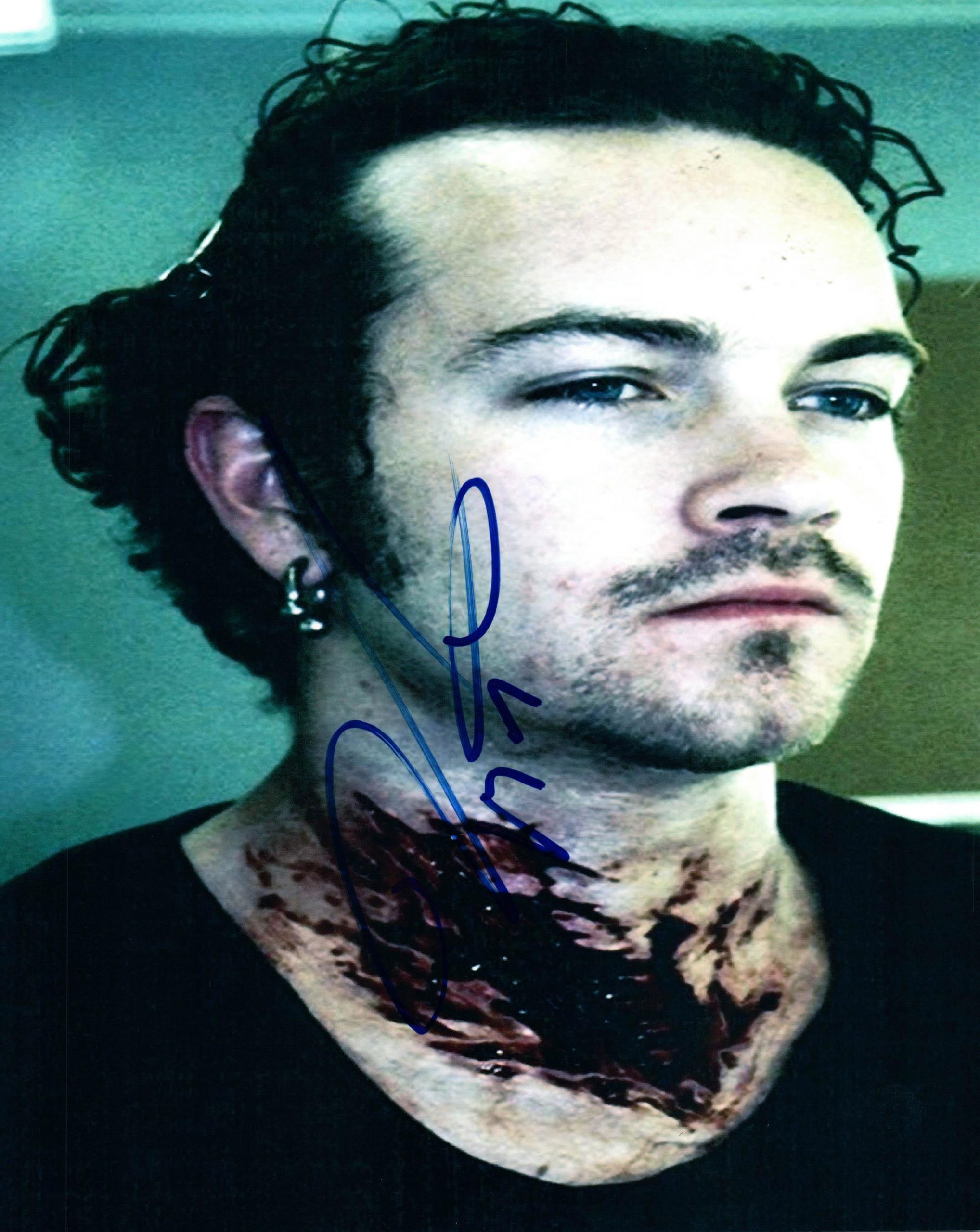
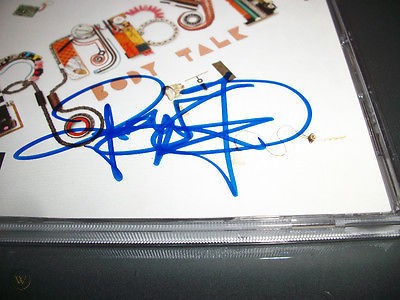
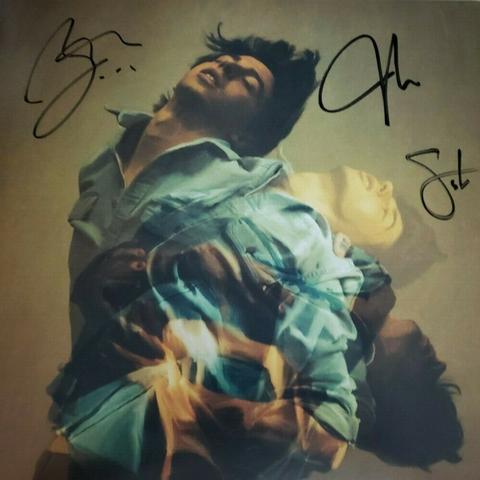



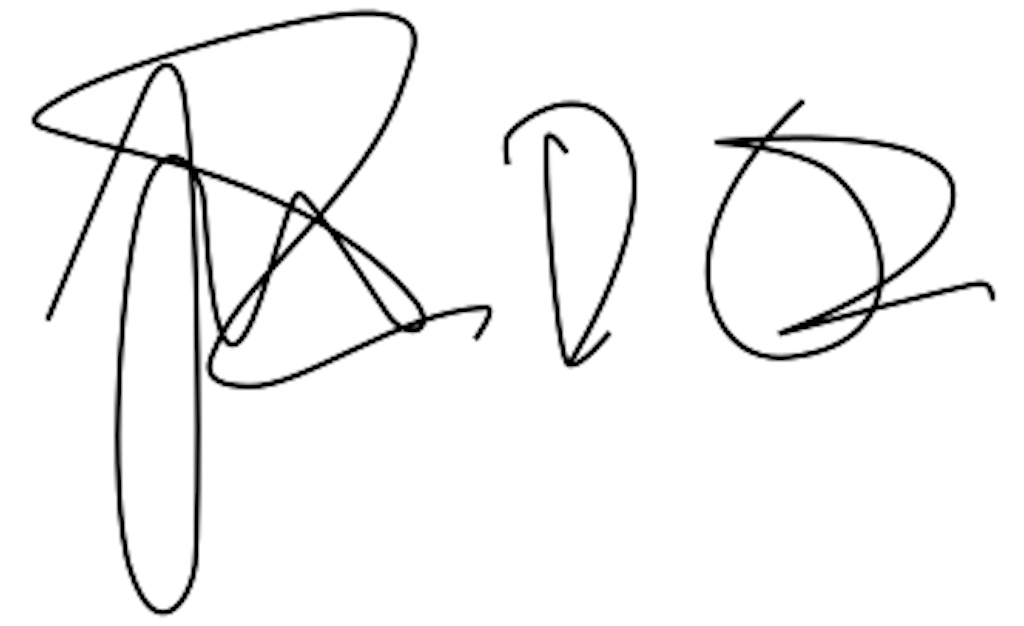
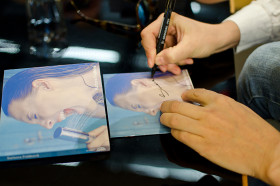

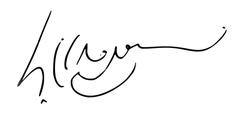
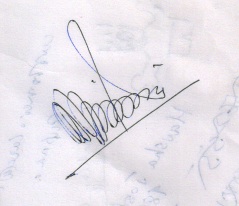
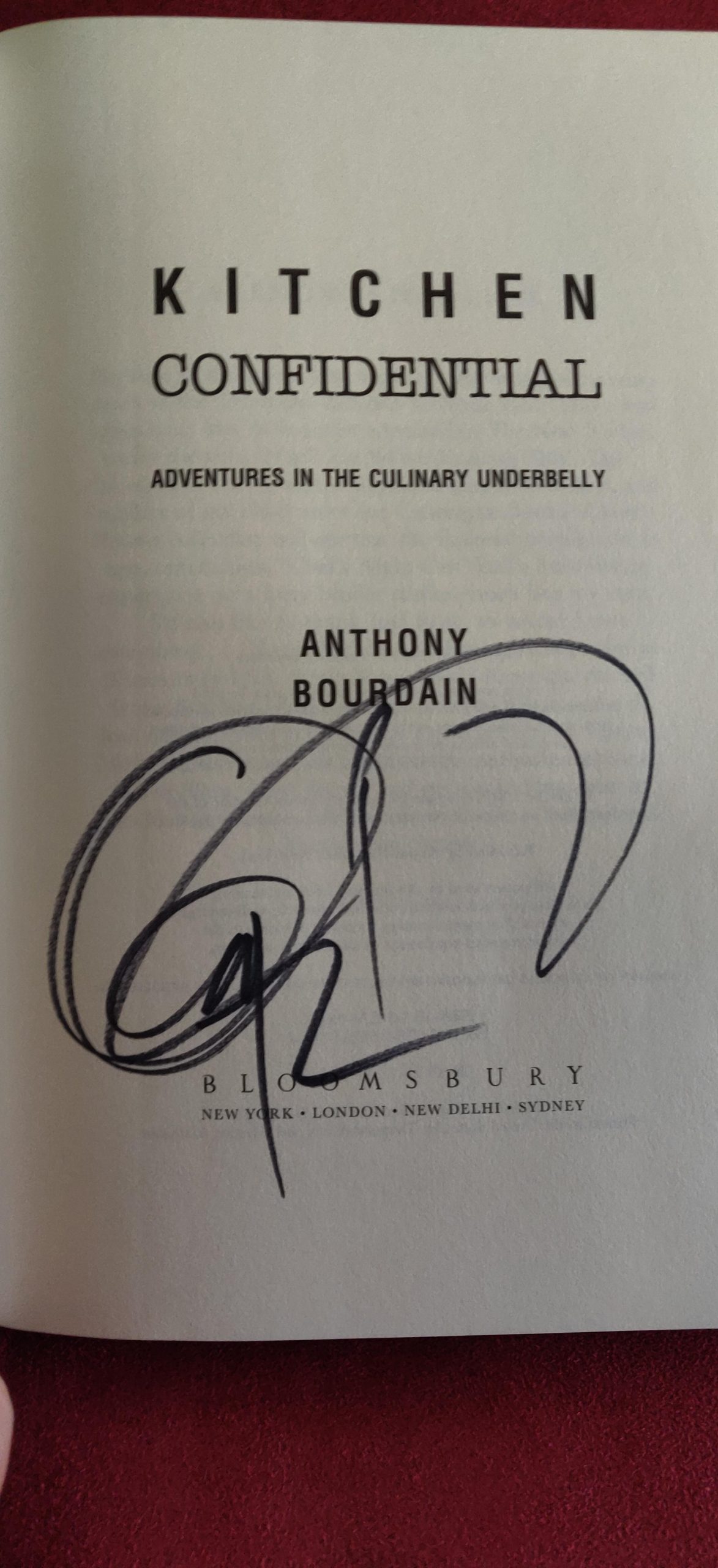



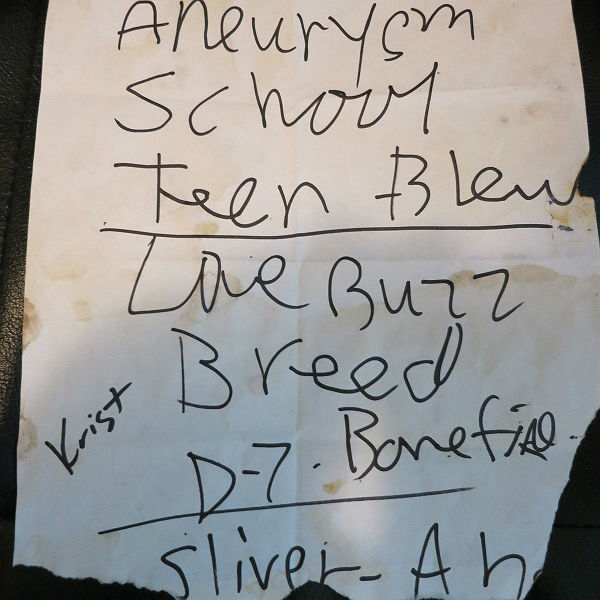
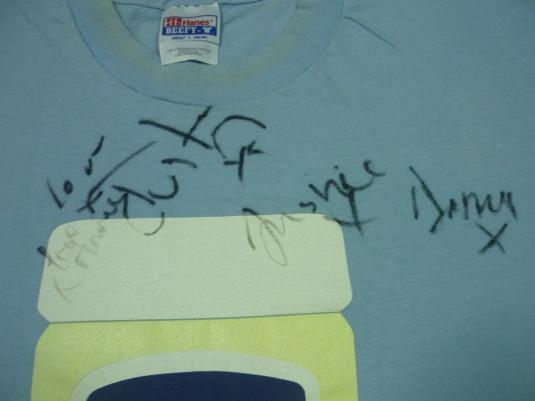

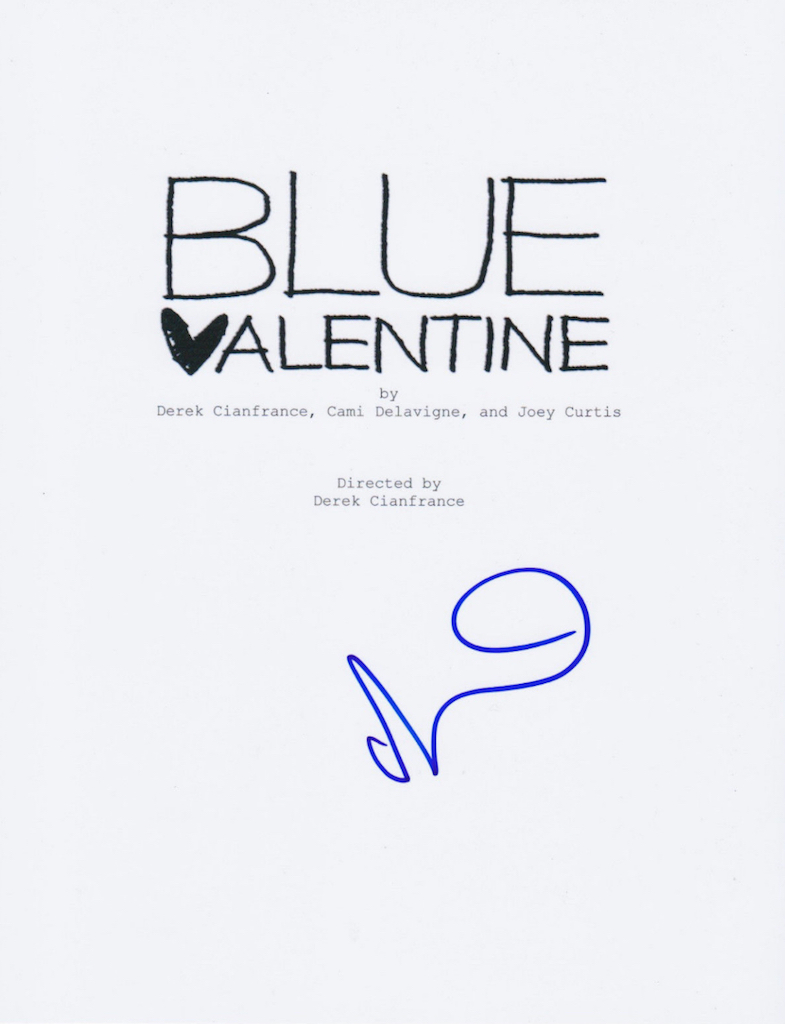
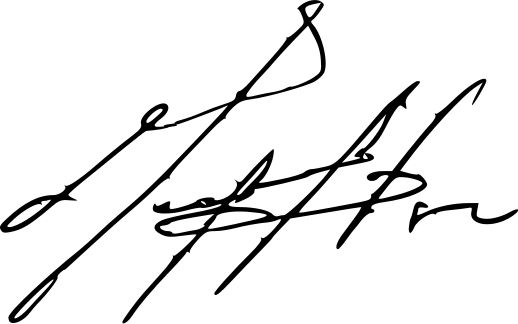
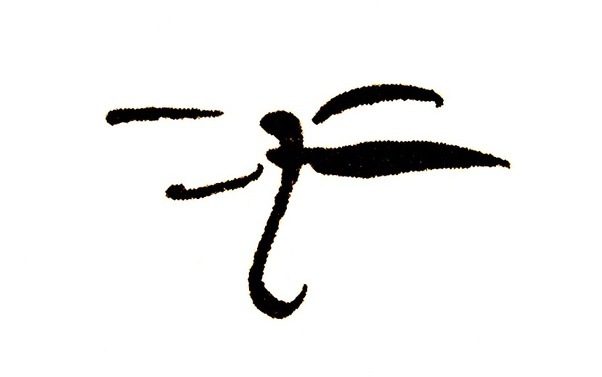


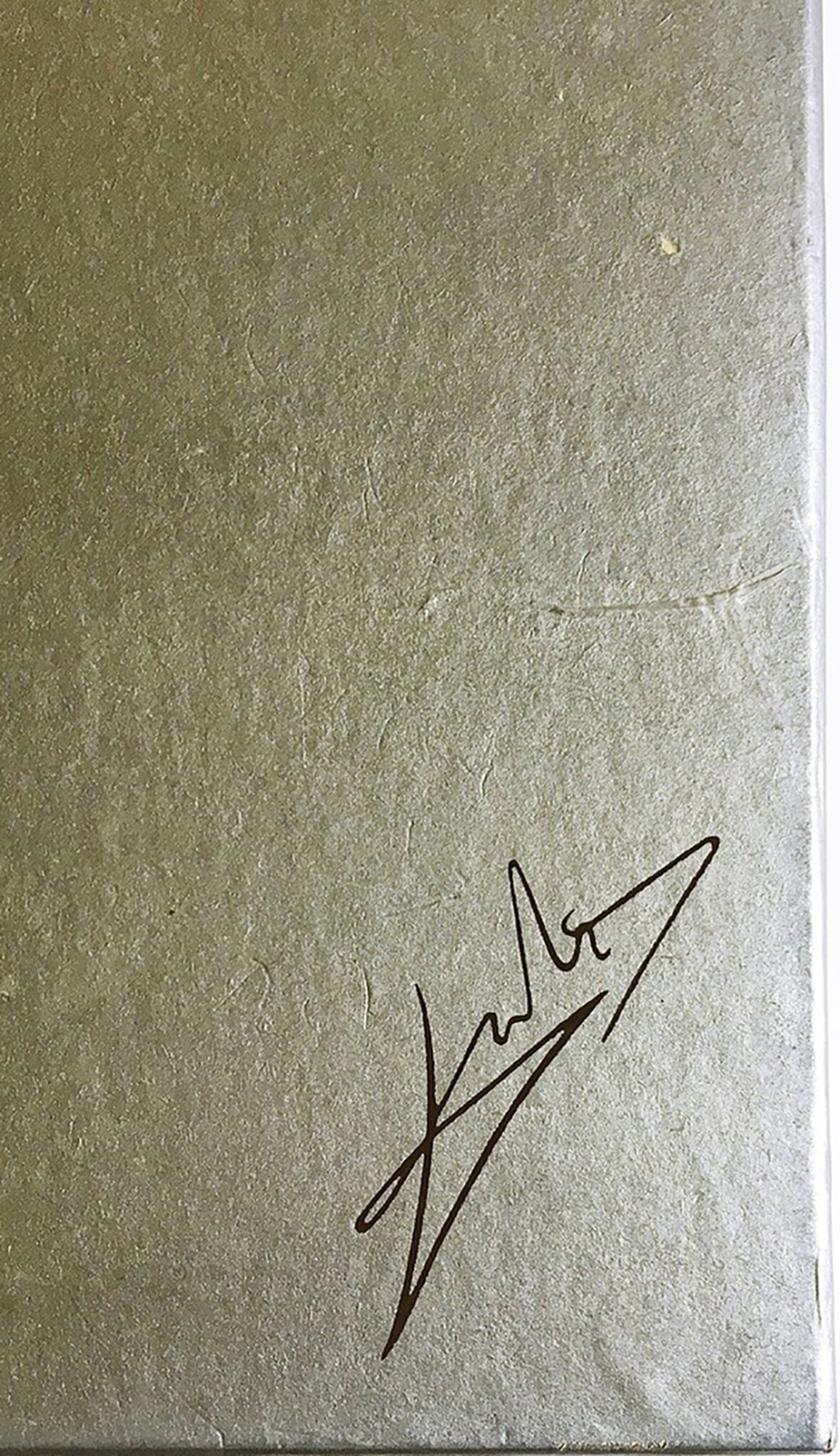
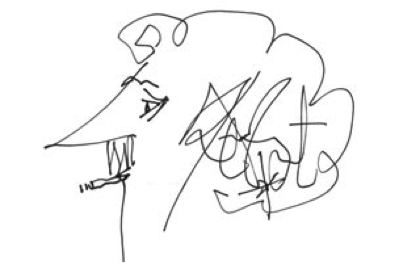
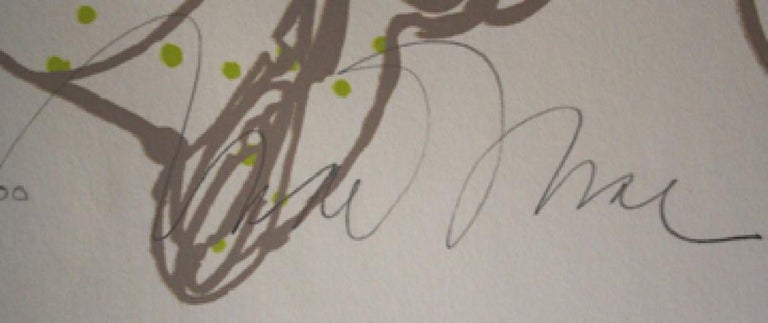
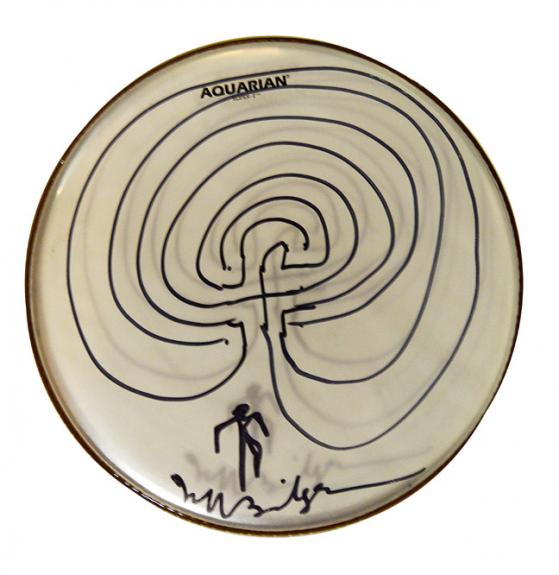


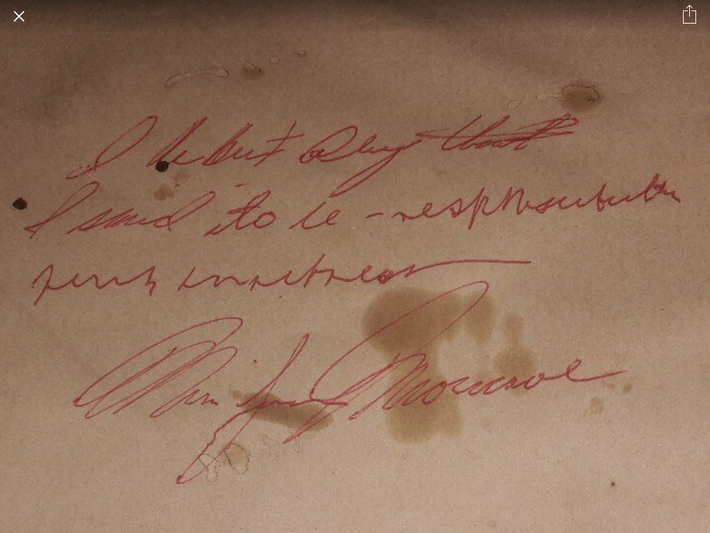
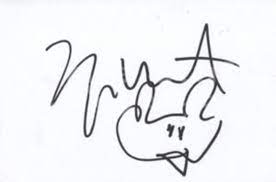

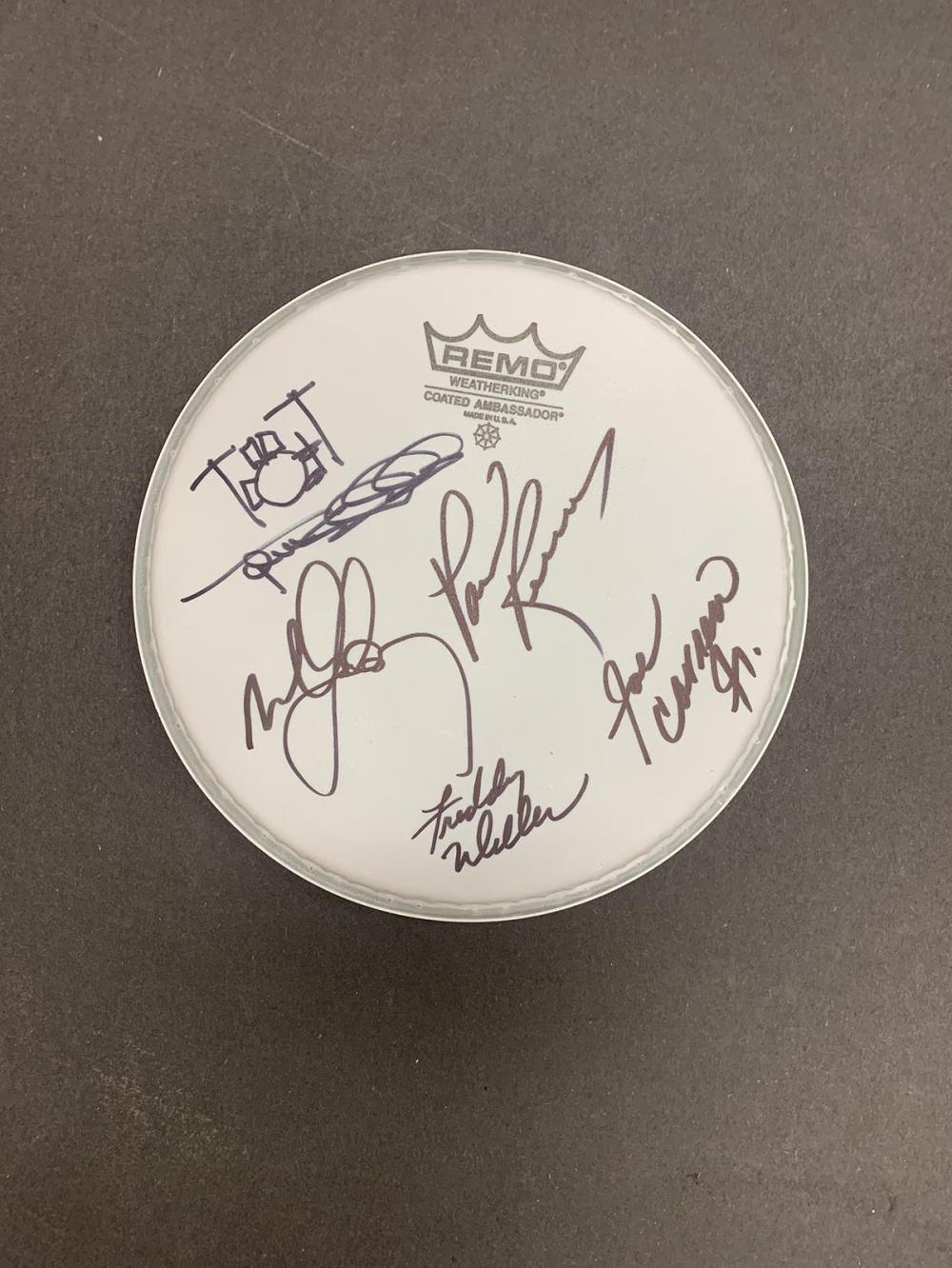
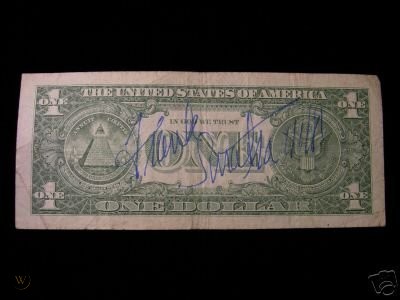
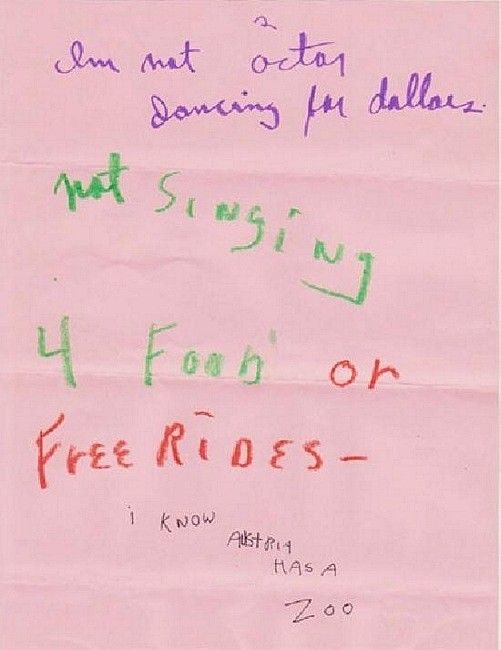
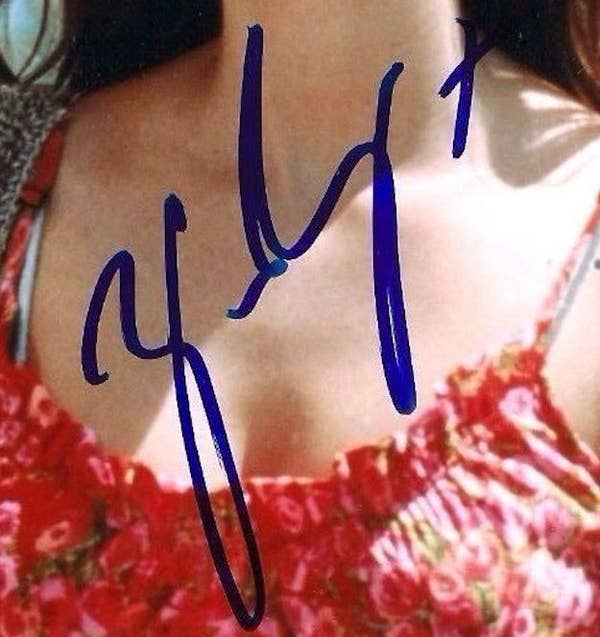

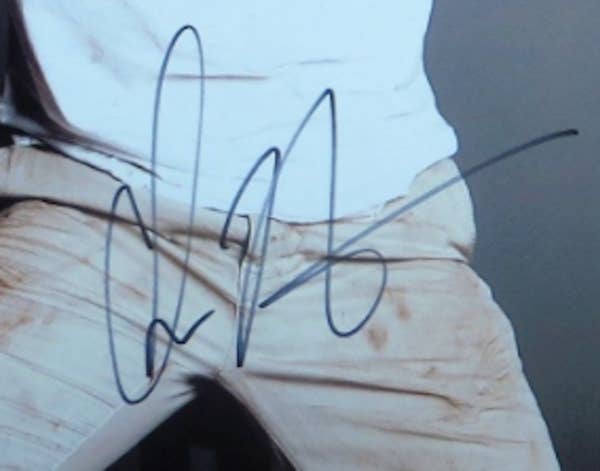

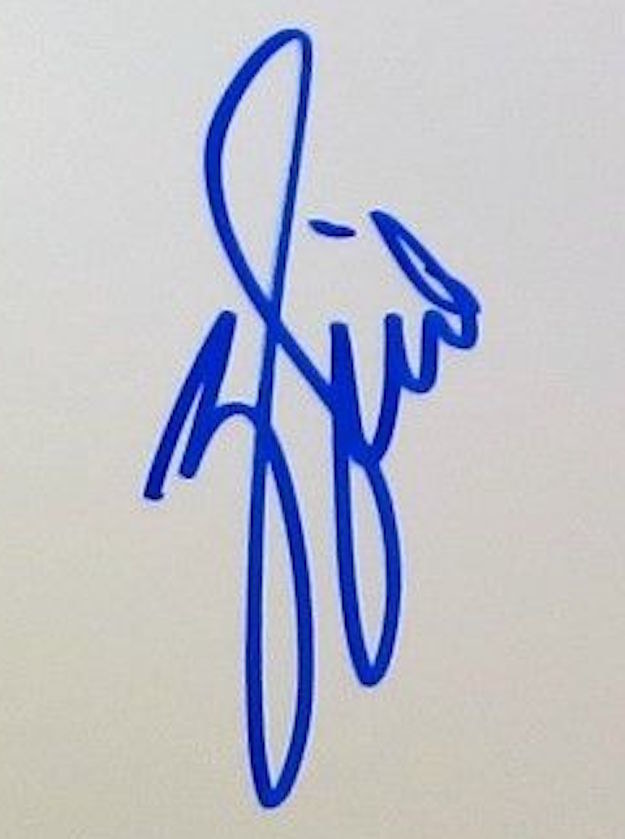
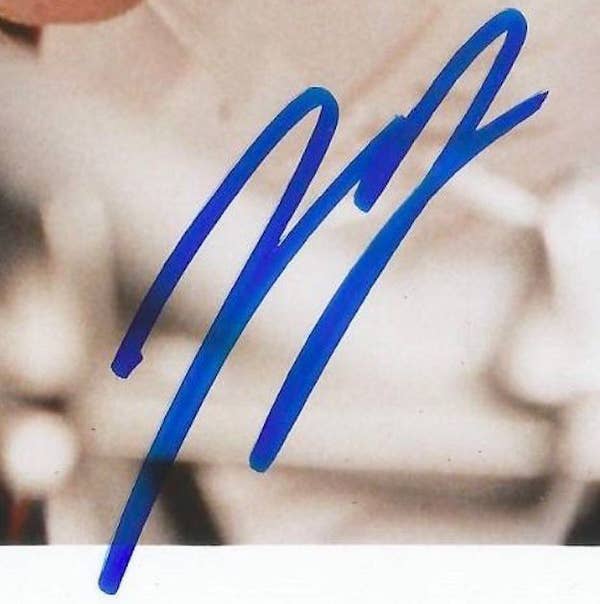
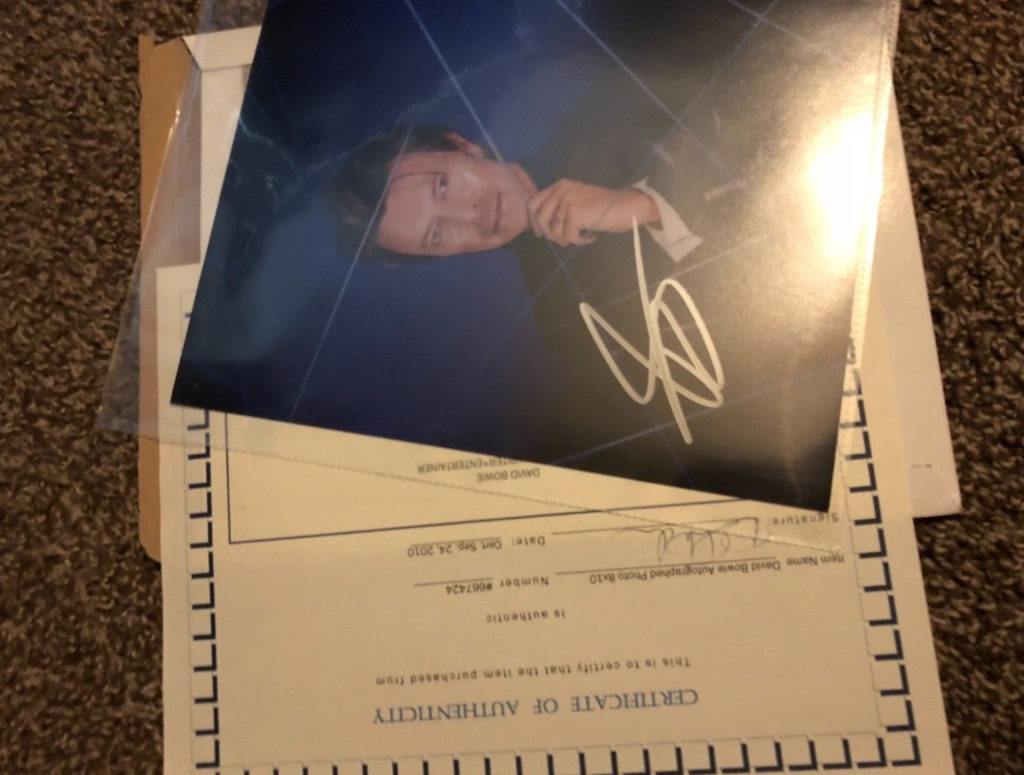
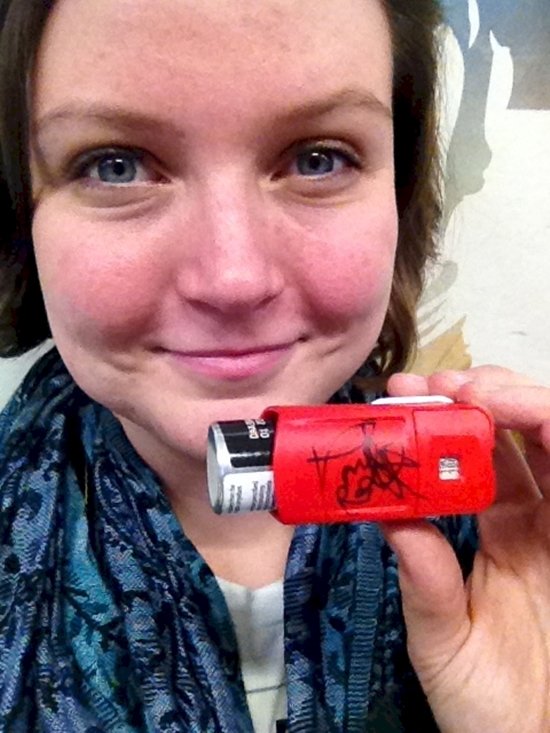


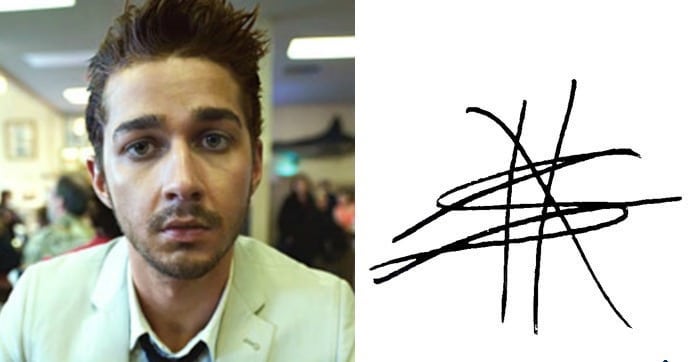

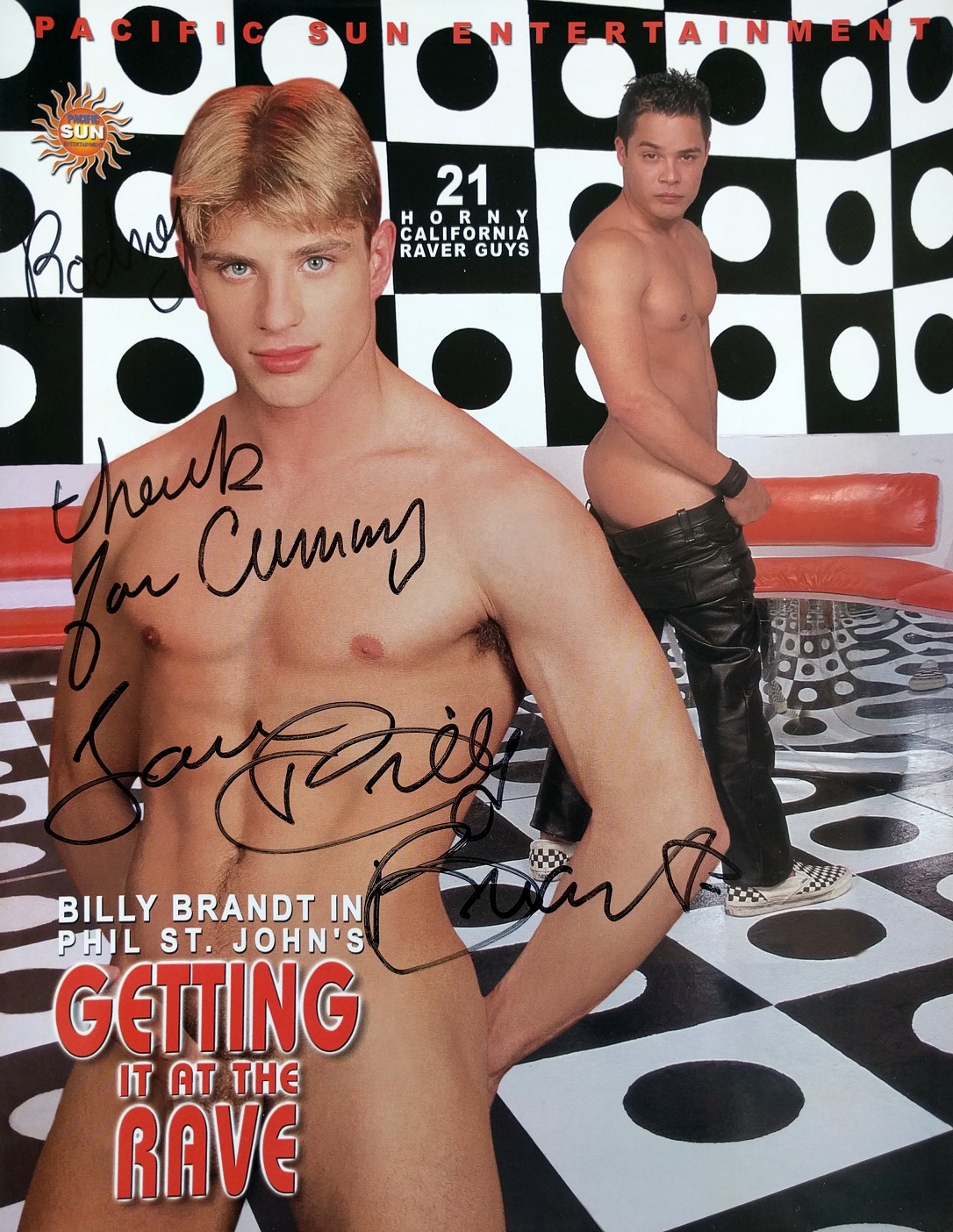
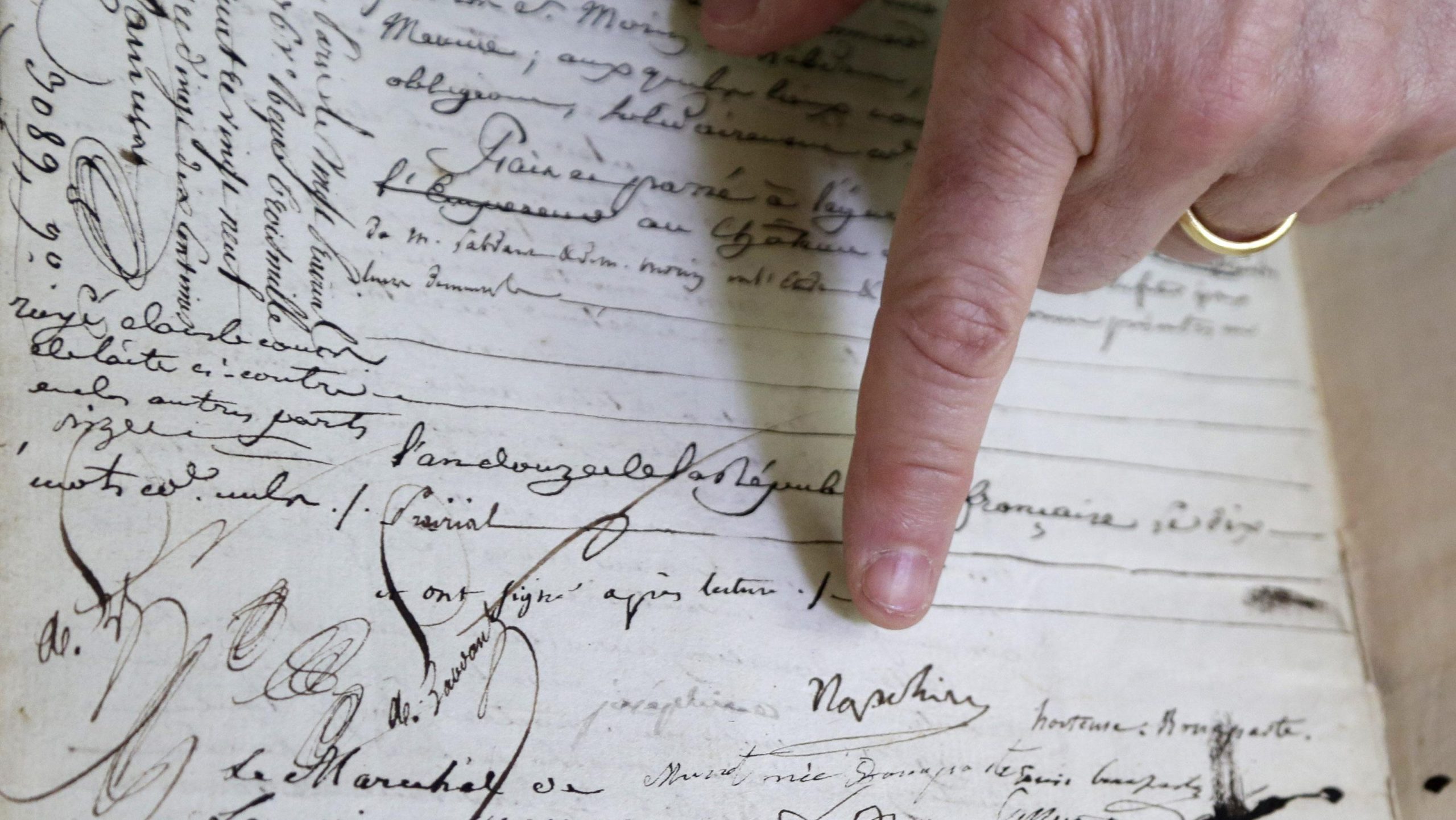
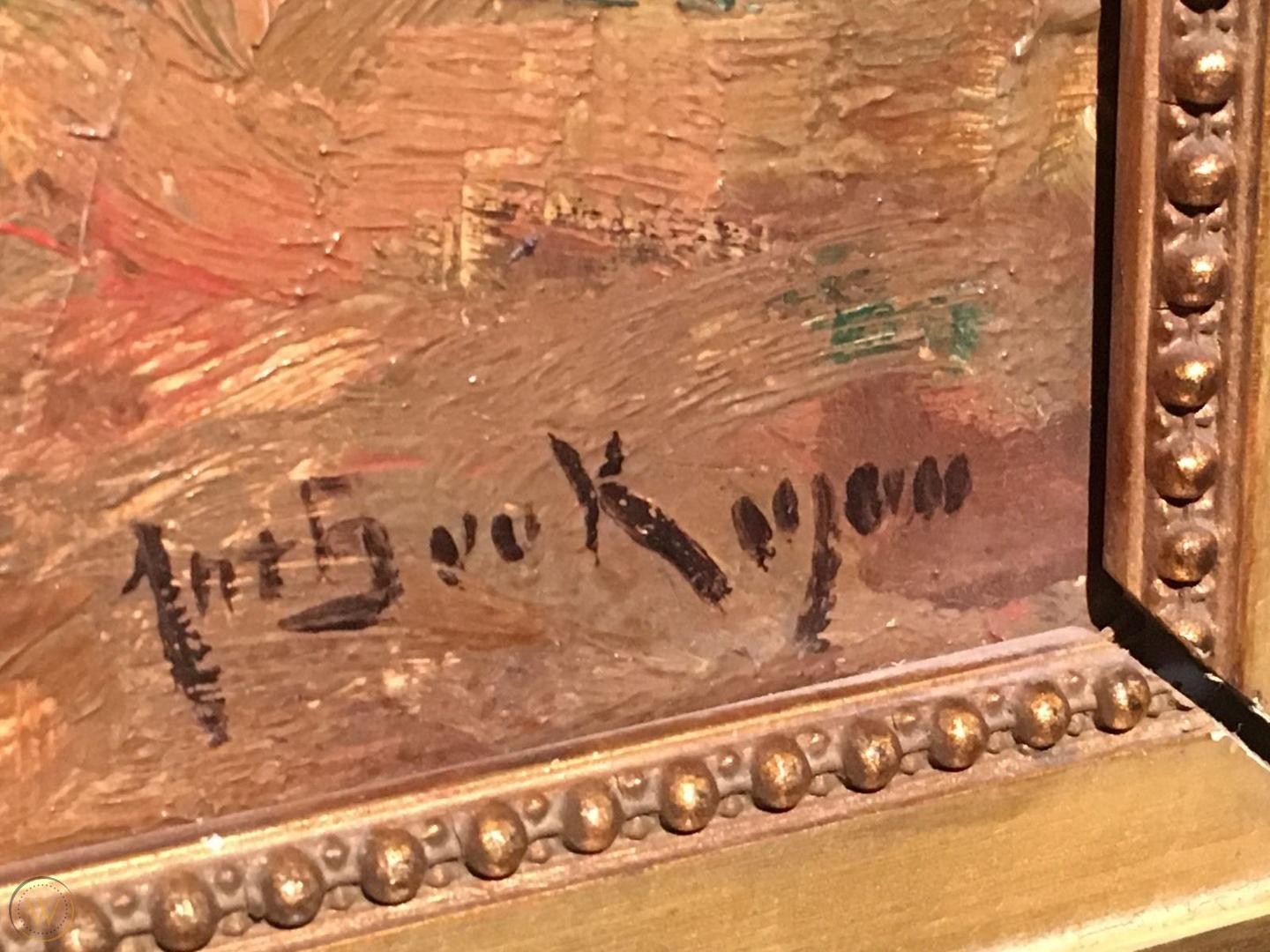
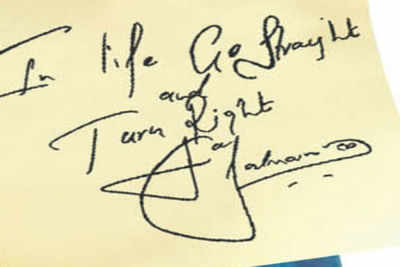

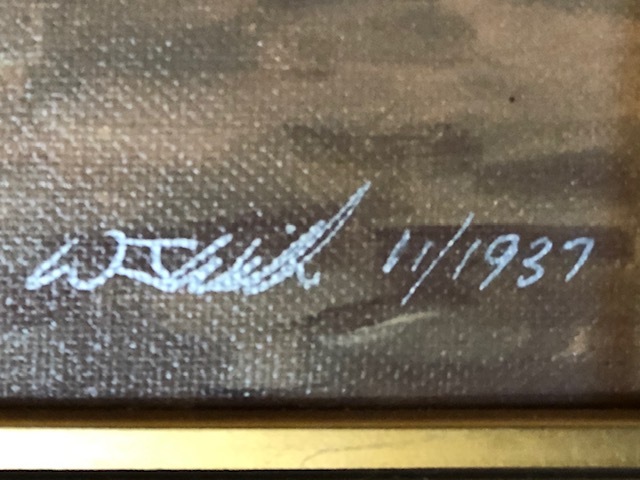
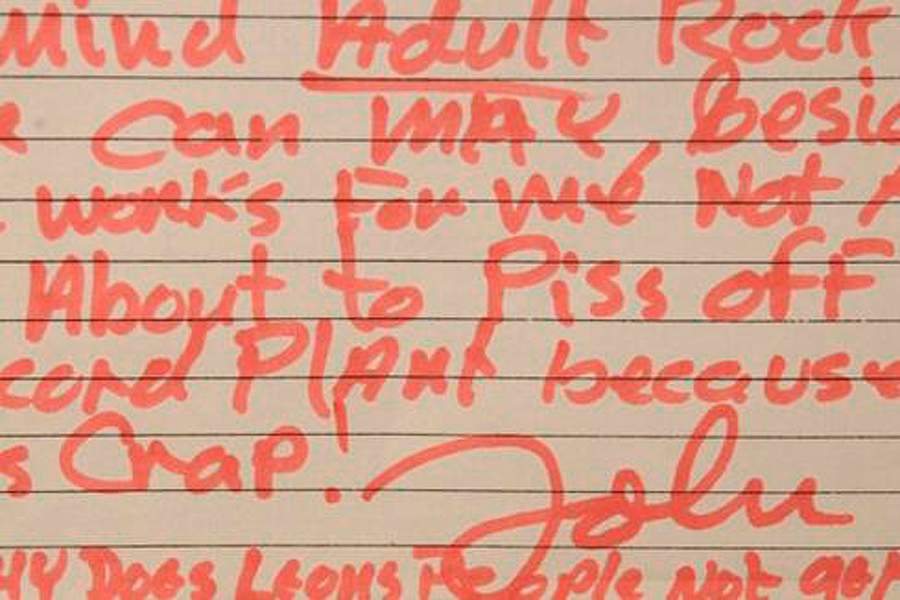
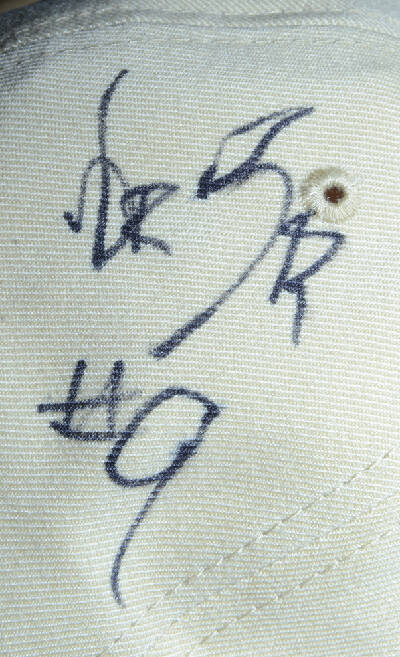

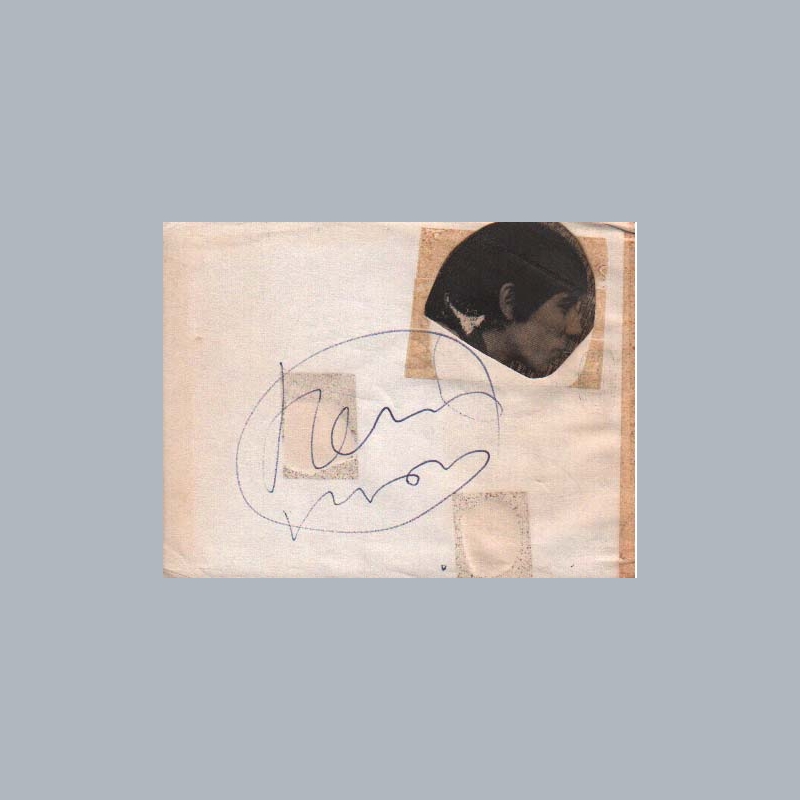






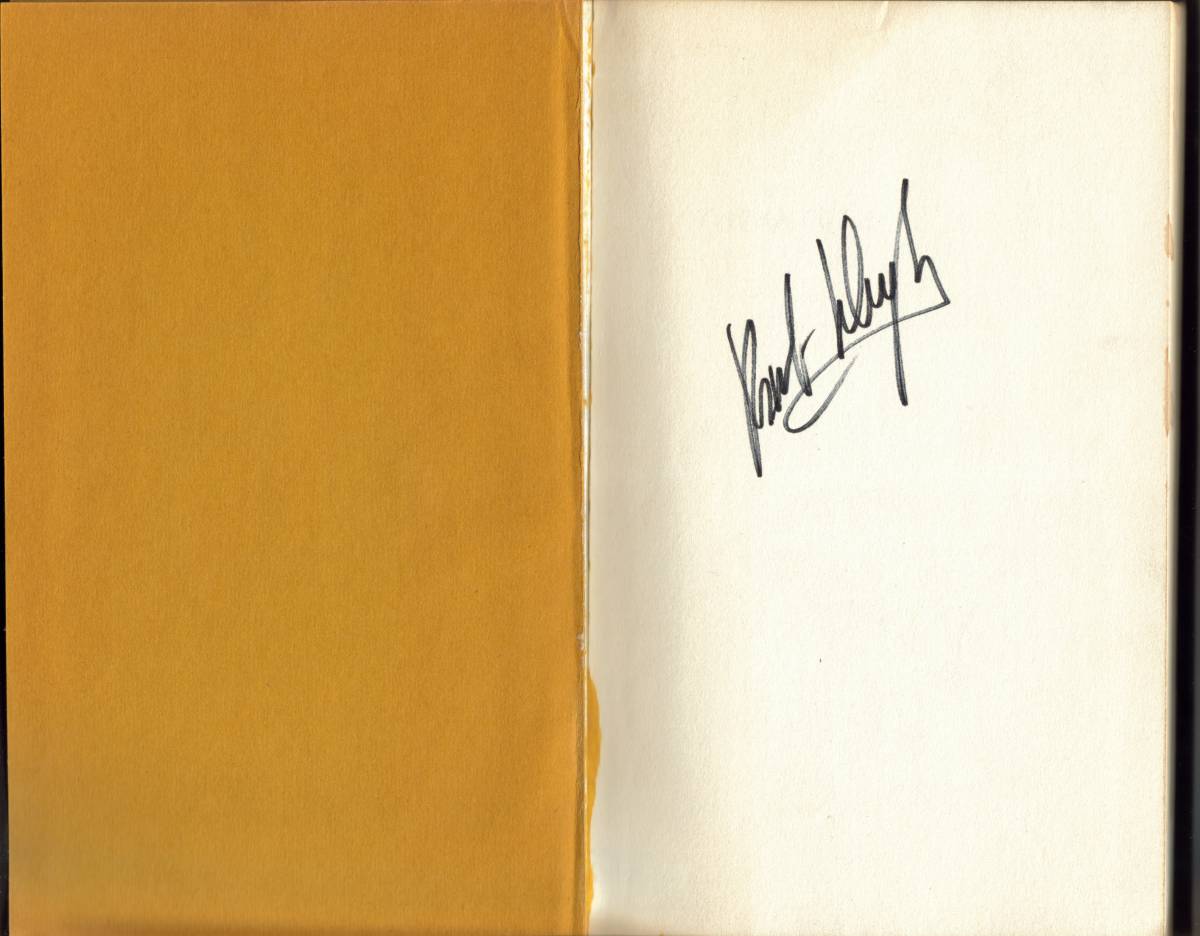


















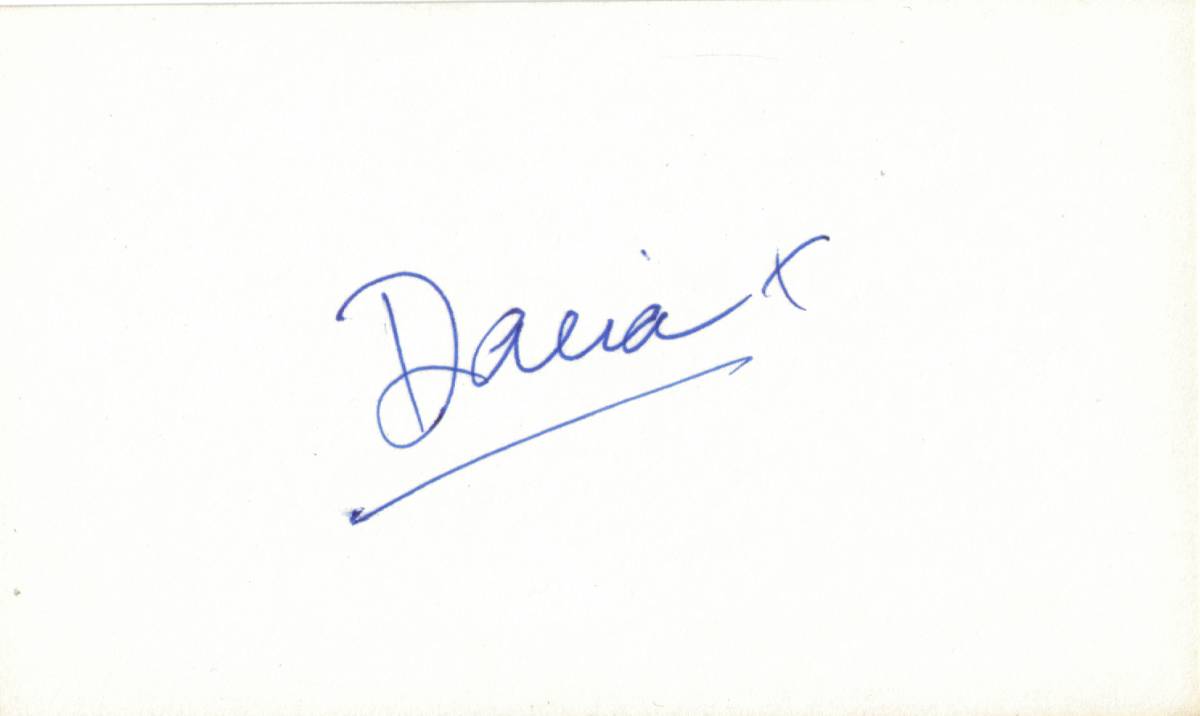









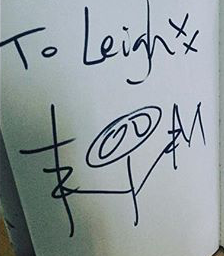

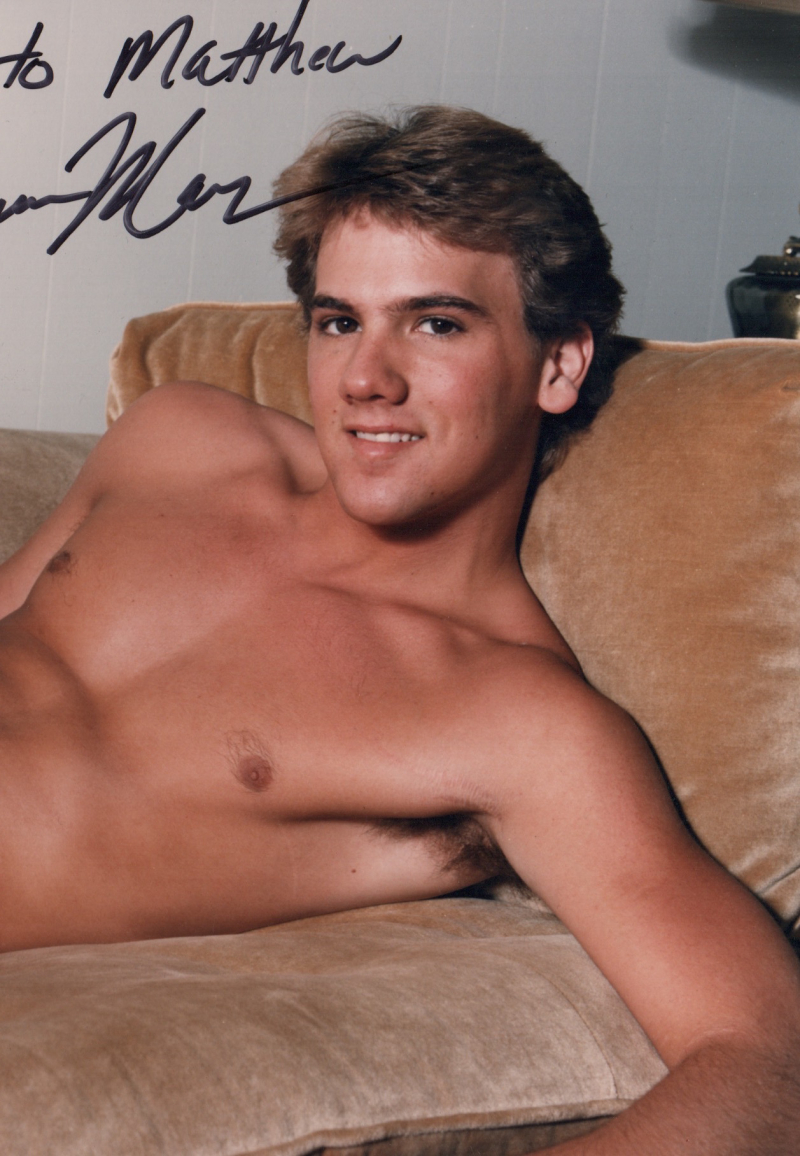

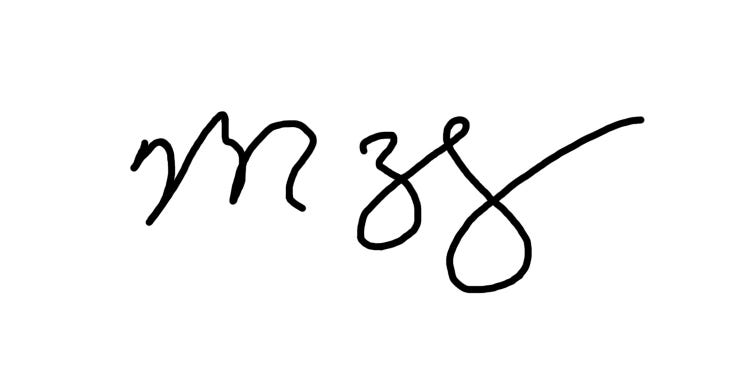

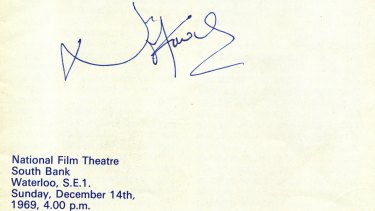




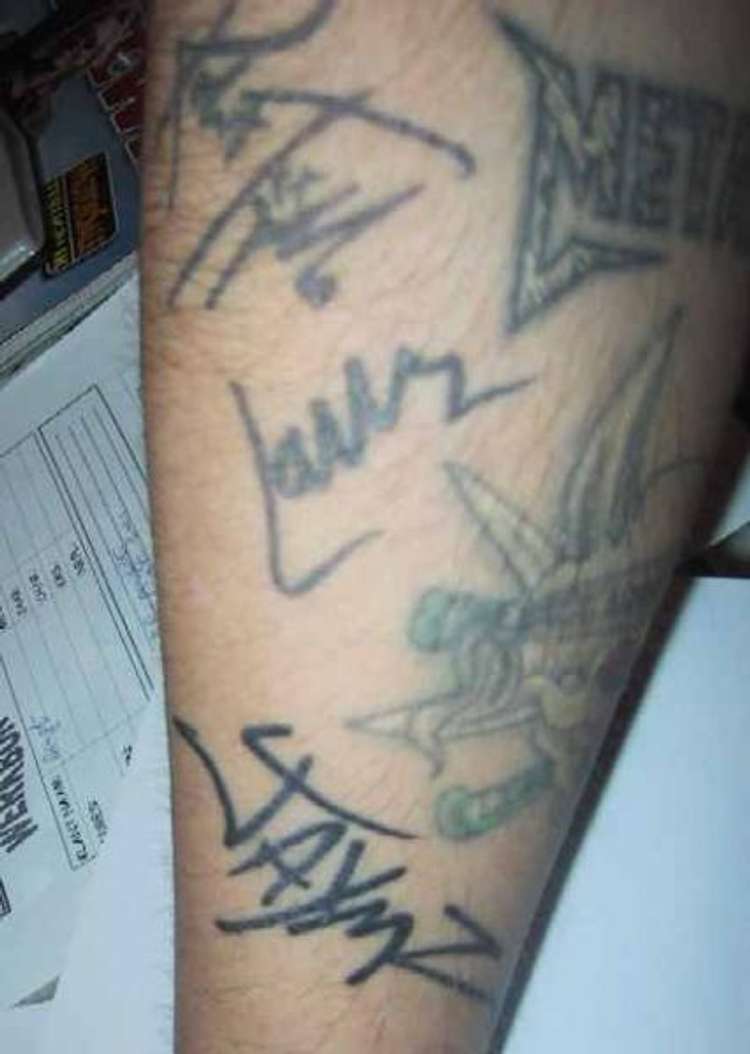

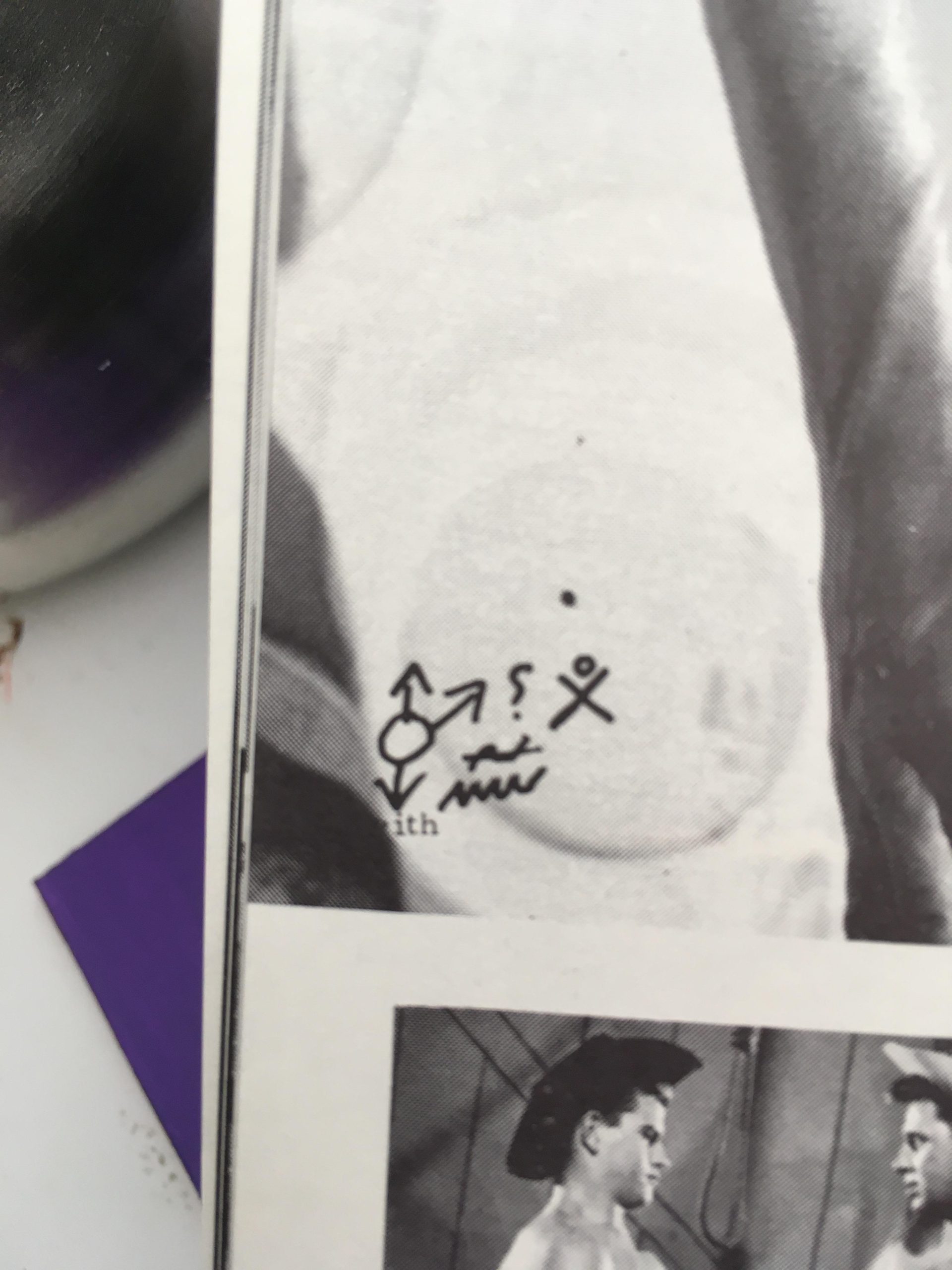
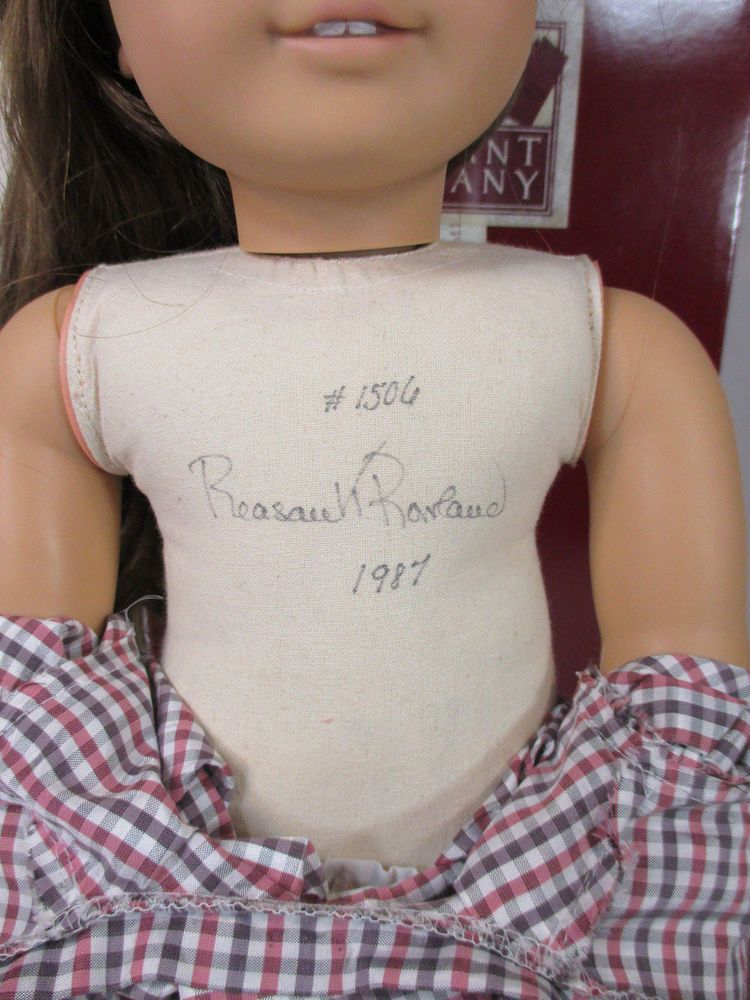


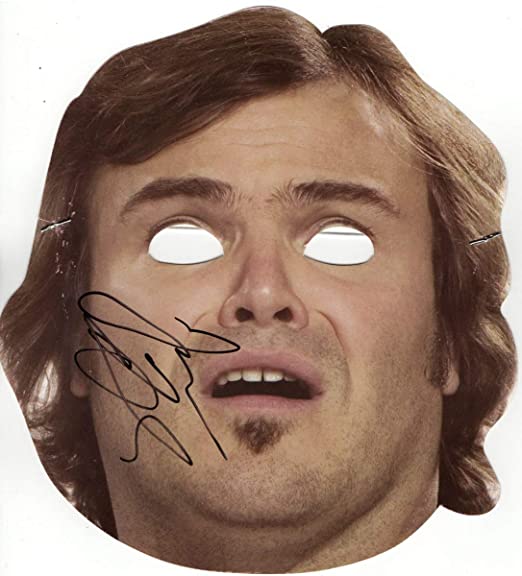
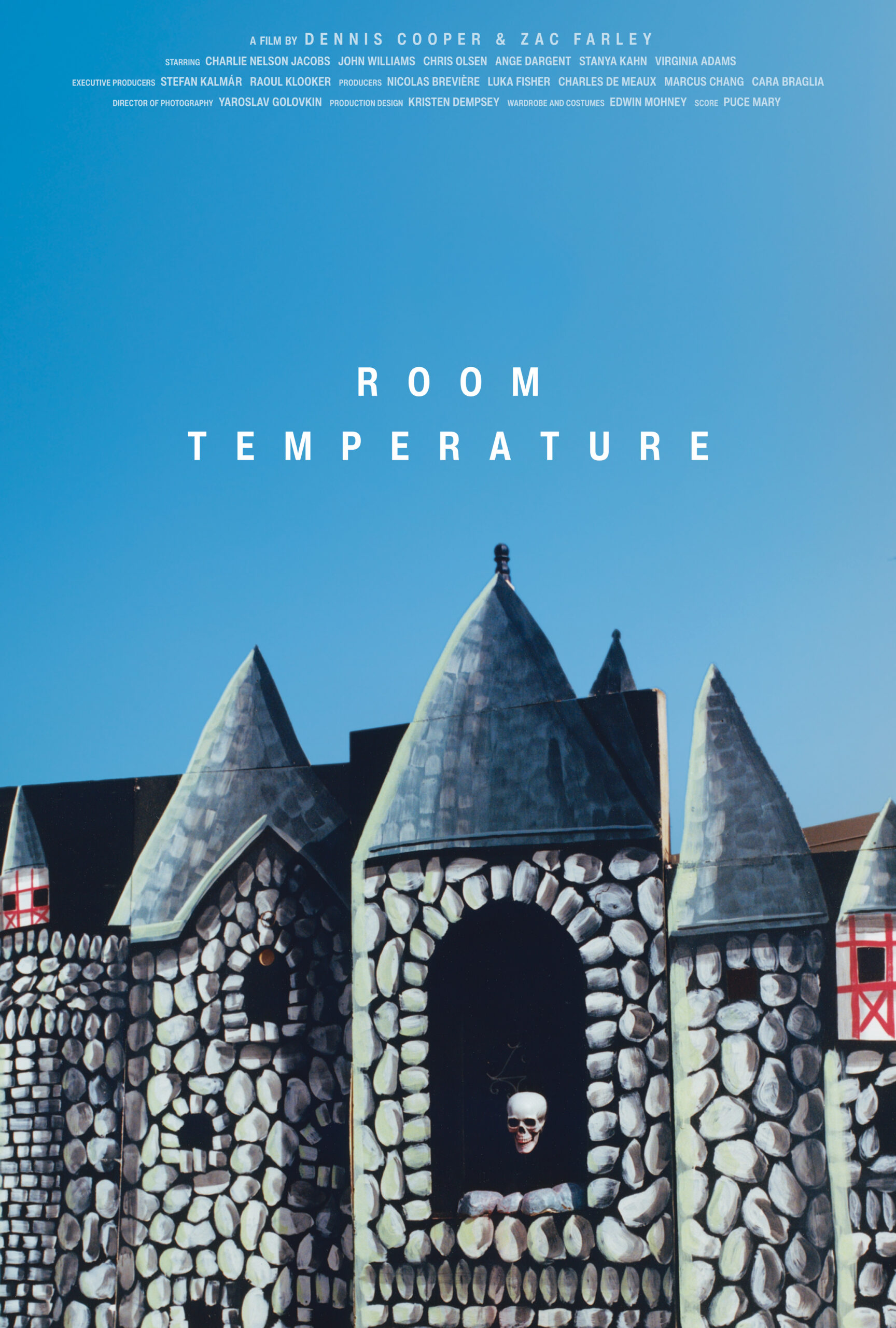



 Now available in North America
Now available in North America 